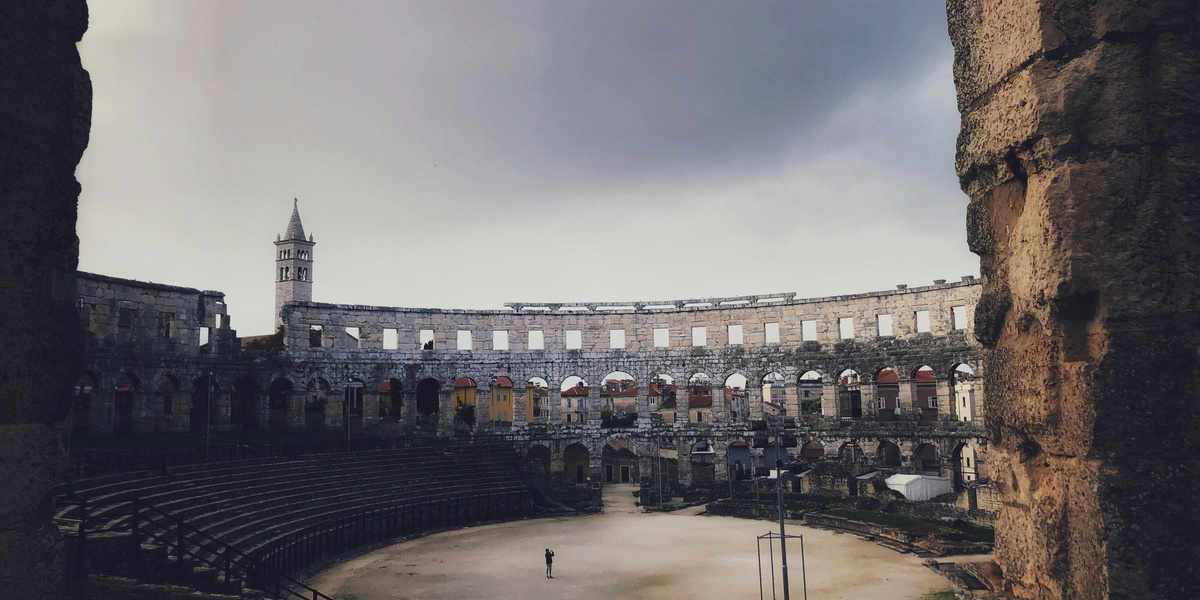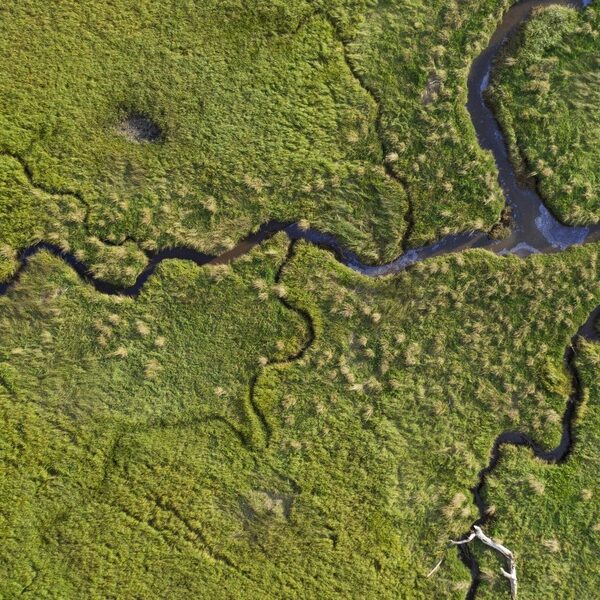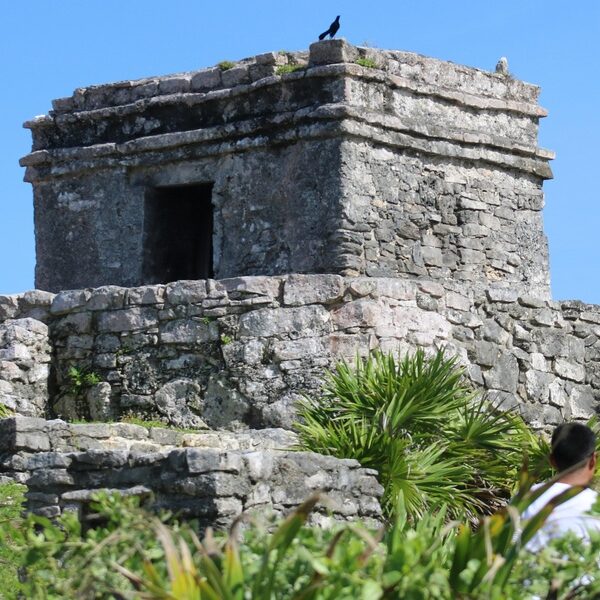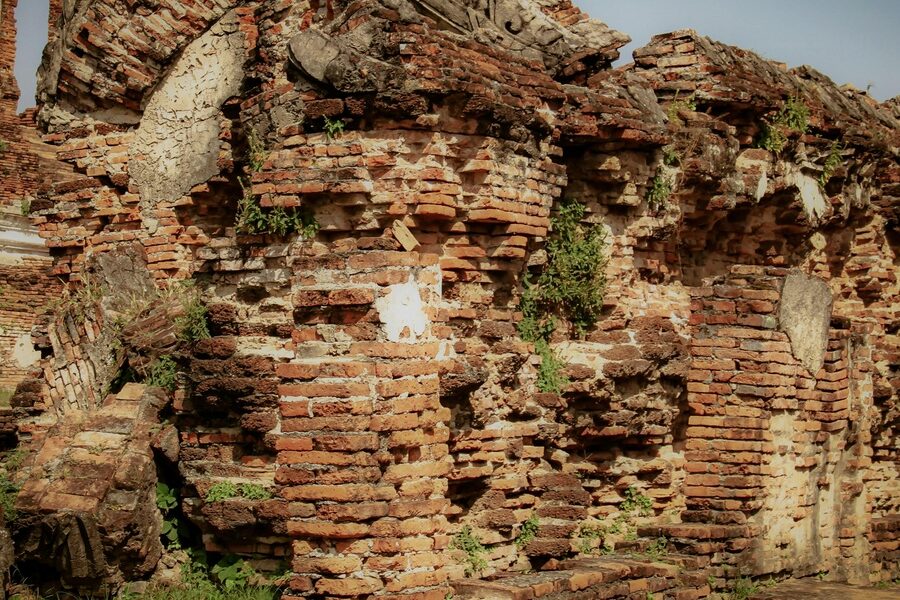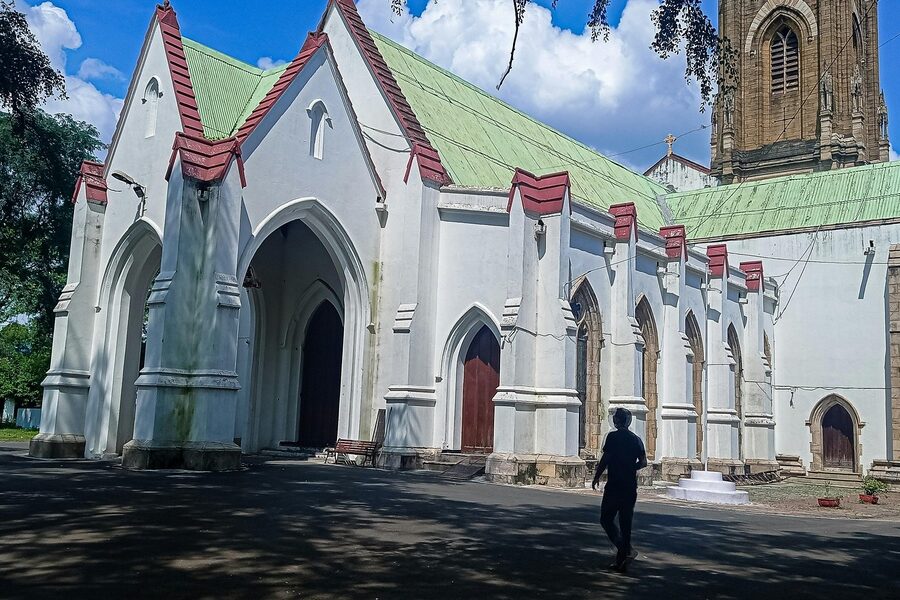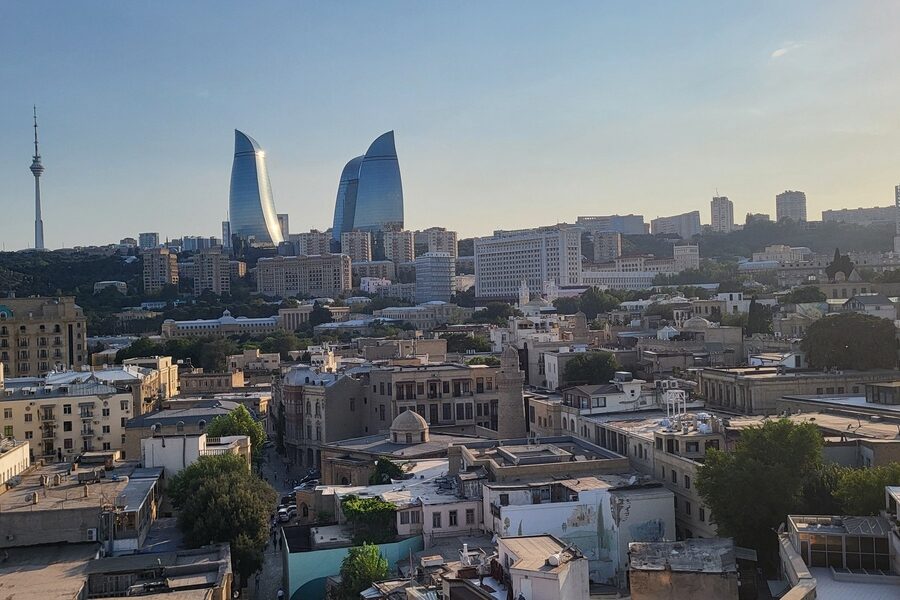Croatia’s rich history is evident in its stunning landscapes and ancient cities, where every stone seems to whisper tales of empires, battles, and cultural shifts. From Roman ruins to medieval fortresses and charming old towns, the country offers a captivating journey through time for any history enthusiast.
To help you uncover these treasures, we’ve compiled a comprehensive guide. Below, you’ll find 100 Historical Places in Croatia, ranging from the ancient Roman remains of Andautonia Archaeological Park to the well-preserved medieval charm of Đurđevac Old Town. Each entry is organized with its Location, Main Historical Period, and a brief Significance for easy reference.
What kind of historical sites can I expect to find in Croatia?
Croatia’s historical sites are incredibly diverse, reflecting its complex past. You’ll encounter everything from well-preserved Roman amphitheaters and palaces, like the one in Pula or Diocletian’s Palace in Split, to medieval walled cities such as Dubrovnik and Trogir. There are also prehistoric caves, Ottoman-era fortresses, and charming Baroque towns, each offering a unique glimpse into different epochs of Croatian heritage.
Historical Places in Croatia
| Place Name | Location | Main Historical Period | Significance (15 words max) |
|---|---|---|---|
| Dubrovnik Old Town and Walls | Dubrovnik | Medieval | UNESCO-listed walled maritime republic with intact fortifications. |
| Rector’s Palace | Dubrovnik | Renaissance | Seat of Ragusan rector, elegant Gothic-Renaissance civic palace. |
| Sponza Palace | Dubrovnik | Renaissance | Merchant’s palace, customs house, and historic city archive. |
| Lovrijenac Fortress | Dubrovnik | Medieval | Cliff-top stronghold defending Dubrovnik’s western approaches. |
| Franciscan Monastery and Pharmacy | Dubrovnik | Medieval | Home to one of Europe’s oldest working pharmacies, founded 1317. |
| Ston Walls | Ston | Medieval | Massive defensive walls protecting salt pans and Pelješac gateway. |
| Ston Salt Pans | Ston | Medieval | Oldest active Mediterranean saltworks, crucial to Dubrovnik’s economy. |
| Korčula Old Town | Korčula | Medieval | Fortified island town with grid plan and Venetian heritage. |
| Benedictine Monastery, St. Mary Islet | Mljet | Medieval | Island monastery set on a picturesque lake, Benedictine heritage. |
| Narona Archaeological Site | Vid (Metković) | Roman | Remains of Roman colonia with temple to Augustus. |
| Diocletian’s Palace | Split | Roman | Emperor Diocletian’s palatial complex, nucleus of modern Split. |
| Cathedral of St. Domnius | Split | Roman | Mausoleum-turned-cathedral; oldest in continual use. |
| Salona | Solin | Roman | Capital of Roman Dalmatia with amphitheater, basilicas, necropolises. |
| Klis Fortress | Klis | Medieval | Strategic stronghold over Split, pivotal in Ottoman–Habsburg wars. |
| Trogir Old Town | Trogir | Medieval | UNESCO-listed island town of Romanesque-Gothic architecture. |
| Kamerlengo Fortress | Trogir | Medieval | Venetian castle commanding Trogir’s harbor. |
| Cathedral of St. Lawrence | Trogir | Medieval | Master Radovan’s famed Romanesque portal. |
| Stari Grad Plain | Stari Grad (Hvar) | Greek | UNESCO Greek land-division landscape from 4th century BCE. |
| Fortica (Španjola) Fortress | Hvar Town | Renaissance | Venetian-era hilltop fortress overlooking Hvar harbor. |
| Issa Archaeological Site | Vis | Greek | Remains of the earliest urban settlement in Croatia. |
| Mirabella (Peovica) Fortress | Omiš | Medieval | Pirate refuge and town citadel above Omiš. |
| Sinj Fortress (Stari Grad) | Sinj | Medieval | Stronghold associated with the 1715 defense commemorated by Alka. |
| Tilurium | Trilj | Roman | Legionary camp guarding the Cetina valley crossing. |
| Kaštel Gomilica | Kaštela | Medieval | Fortified Benedictine settlement on a sea islet. |
| Cathedral of St. James | Šibenik | Renaissance | Stone-built UNESCO cathedral with innovative dome and frieze. |
| St. Michael’s Fortress | Šibenik | Medieval | Rebuilt hilltop fortress, cradle of the city. |
| St. Nicholas Fortress | Šibenik | Renaissance | Sea fort, part of Venetian defense UNESCO ensemble. |
| Krka Monastery | Krka (Kistanje) | Medieval | Serbian Orthodox monastery on Krka river. |
| Burnum | Ivoševci (Kistanje) | Roman | Legionary camp with arches and amphitheater remains. |
| Bribir-Varvaria | Bribir (near Skradin) | Roman | Illyrian center turned Roman municipium. |
| Knin Fortress | Knin | Medieval | One of Croatia’s largest fortifications, royal seat site. |
| Tureta Fortress | Kornat Island | Byzantine | 6th-century maritime watchtower over Kornati. |
| Colentum | Murter | Roman | Ruins of ancient port town on Murter. |
| Turina Fortress | Skradin | Medieval | Castle remains above historic river port. |
| Roman Forum | Zadar | Roman | Public square remains beside the Adriatic. |
| Church of St. Donatus | Zadar | Early Medieval | Iconic pre-Romanesque rotunda built atop Roman stones. |
| Zadar City Walls and Land Gate | Zadar | Renaissance | Mighty Venetian fortifications with ornate Sanmicheli gate. |
| Cathedral of St. Anastasia | Zadar | Medieval | Largest Dalmatian Romanesque cathedral. |
| Nin Old Town | Nin | Early Medieval | Royal Croatian seat on a lagoon islet. |
| Church of the Holy Cross | Nin | Early Medieval | “World’s smallest cathedral,” pre-Romanesque architecture. |
| Asseria | Podgrađe (Benkovac) | Roman | Hilltop Romanized Liburnian city with gates and tombstones. |
| St. Mary’s Benedictine Monastery | Zadar | Medieval | Continuous female monastic community with rich treasury. |
| Nehaj Fortress | Senj | Renaissance | Uskok stronghold dominating the harbor. |
| Perušić Turska Kula | Perušić | Ottoman | Defensive tower from the Ottoman–Venetian frontier. |
| Pula Arena | Pula | Roman | Monumental amphitheater hosting events since antiquity. |
| Temple of Augustus | Pula | Roman | Well-preserved Roman temple on Forum. |
| Euphrasian Basilica | Poreč | Byzantine | Early Christian complex with glittering mosaics, UNESCO. |
| Poreč Old Town | Poreč | Roman | Roman street grid and medieval houses. |
| Rovinj Old Town | Rovinj | Medieval | Hilltop peninsula town of narrow lanes and campanile. |
| Church of St. Euphemia | Rovinj | Baroque | Dominant hilltop church and belltower. |
| Motovun | Motovun | Medieval | Walled hilltown overlooking truffle-rich Mirna valley. |
| Dvigrad | Kanfanar | Medieval | Evocative ruins of deserted medieval town. |
| Nesactium (Nezakcij) | Valtura (Pula) | Illyrian | Histrian hillfort turned Roman settlement. |
| Monkodonja | near Rovinj | Bronze Age | Prehistoric hillfort with cyclopean walls. |
| Pazin Castle | Pazin | Medieval | Castle above dramatic karst chasm, Pazinčica. |
| Grimani Castle | Svetvinčenat | Renaissance | Rectangular Venetian-era fortress on central square. |
| Momjan (Rota) Castle | Momjan | Medieval | Border castle above wine-growing valleys. |
| Trsat Castle | Rijeka | Medieval | Fortified lookout over Rijeka and Kvarner Bay. |
| Grobnik Castle | Čavle | Medieval | Compact medieval castle guarding Grobnik field. |
| Frankopan Castle, Krk | Krk | Medieval | Seaside stronghold of the Frankopan family. |
| Fulfinum-Mirine | Omišalj (Krk) | Roman | Remains of Roman town and early Christian basilica. |
| Košljun Monastery | Punat (Krk) | Medieval | Franciscan monastery with rich ethnographic collections. |
| Osor Historic Town | Osor (Cres-Lošinj) | Roman | Canal town with ancient remains and sculptures. |
| Lubenice | Cres | Medieval | Ancient village perched high above the sea. |
| Frankopan Castle, Novi Vinodolski | Novi Vinodolski | Medieval | Castle tied to Vinodol Code. |
| Zagreb Cathedral | Zagreb | Medieval | Gothic landmark, seat of Archdiocese. |
| St. Mark’s Church | Zagreb | Medieval | Colorful tiled-roof church on Gradec Square. |
| Stone Gate | Zagreb | Medieval | Surviving city gate with revered Marian shrine. |
| Mirogoj Cemetery | Zagreb | Austro-Hungarian | Arcaded cemetery by architect Hermann Bollé. |
| Medvedgrad | Zagreb | Medieval | Restored medieval castle above the city. |
| Andautonia Archaeological Park | Ščitarjevo (Velika Gorica) | Roman | Excavated remains of Roman river town south of Zagreb. |
| Samobor Castle | Samobor | Medieval | Romantic ruins of hilltop castle. |
| Trakošćan Castle | Trakošćan | Medieval | Romanticized hilltop castle with lake and museum. |
| Varaždin Old Town (Stari Grad) | Varaždin | Medieval | Moated castle anchoring Croatia’s baroque city. |
| Veliki Tabor Castle | Desinić | Medieval | Hilltop fortress with pentagonal keep and legends. |
| Krapina Neanderthal Site (Hušnjakovo) | Krapina | Prehistoric | Rich Neanderthal fossil site shaped European paleoanthropology. |
| Zrinski Castle, Čakovec | Čakovec | Renaissance | Seat of the powerful Zrinski noble family. |
| Đurđevac Old Town | Đurđevac | Renaissance | Brick fortress famed for the “Rooster” legend. |
| Oršić Castle | Gornja Stubica | Baroque | Manor housing the Museum of the Peasants’ Revolt. |
| Lepoglava Monastery | Lepoglava | Medieval | Pauline monastery, early Croatian Baroque art center. |
| Dubovac Castle | Karlovac | Medieval | Castle overlooking Renaissance-planned city. |
| Historic Core of Karlovac | Karlovac | Renaissance | Star-shaped 16th-century fortified town plan. |
| Ozalj Castle | Ozalj | Medieval | Riverside Frankopan–Zrinski castle and museum. |
| Cetin Castle | Cetingrad | Medieval | Site of 1527 election binding Croatia to Habsburgs. |
| Ogulin Frankopan Castle | Ogulin | Medieval | Castle tied to Ivana Brlić-Mažuranić legends. |
| Sisak Fortress | Sisak | Renaissance | Star-fort where 1593 battle checked Ottoman advance. |
| Siscia Archaeological Site | Sisak | Roman | Remains of important Pannonian Roman city and mint. |
| Gvozdansko Castle | Dvor | Renaissance | Heroic 1578 siege site of Zrinski garrison. |
| Osijek Tvrđa | Osijek | Habsburg | Baroque fortified town and university quarter. |
| Brod Fortress | Slavonski Brod | Habsburg | One of the largest Habsburg star forts. |
| Eltz Manor | Vukovar | Baroque | Baroque riverside palace, symbol of Vukovar. |
| Vučedol Archaeological Site | Vukovar | Prehistoric | Key Eneolithic culture with ceramic ritual vessel. |
| Ilok Fortress (Odescalchi Castle) | Ilok | Medieval | Castle above Danube with wine cellars. |
| Valpovo Castle (Prandau-Normann) | Valpovo | Baroque | Baroque-bastioned manor complex. |
| Pejačević Castle | Našice | Baroque | Noble family residence with park. |
| Pejačević Castle | Virovitica | 19th Century | Restored 19th-century manor dominating town. |
| Đakovo Cathedral | Đakovo | 19th Century | Monumental red-brick cathedral of Bishop Strossmayer. |
| Tikveš Castle | Kopački Rit (Baranja) | 19th Century | Habsburg hunting lodge ensemble in nature park. |
| Stara Gradiška Fortress | Stara Gradiška | Habsburg | Border fort on Sava river. |
| Kutjevo Abbey and Cellars | Kutjevo | Medieval | Cistercian abbey founding one of Croatia’s oldest wineries. |
Images and Descriptions
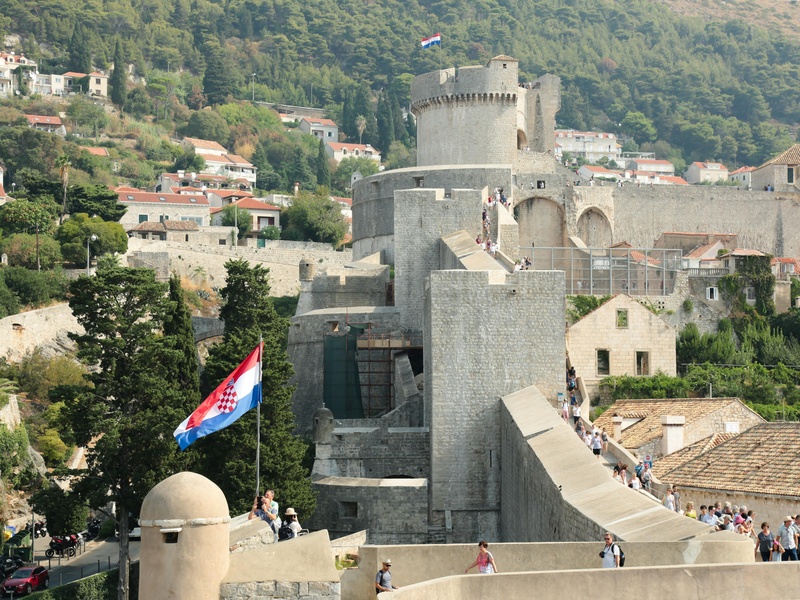
Dubrovnik Old Town and Walls
Dubrovnik Old Town and Walls stand on the Adriatic Sea coast. These historic structures date mainly from the 13th to 17th centuries, showcasing medieval architecture and defense systems. They protected the city for centuries. The Old Town is a UNESCO World Heritage site and a prime example of a well-preserved medieval fortified city.
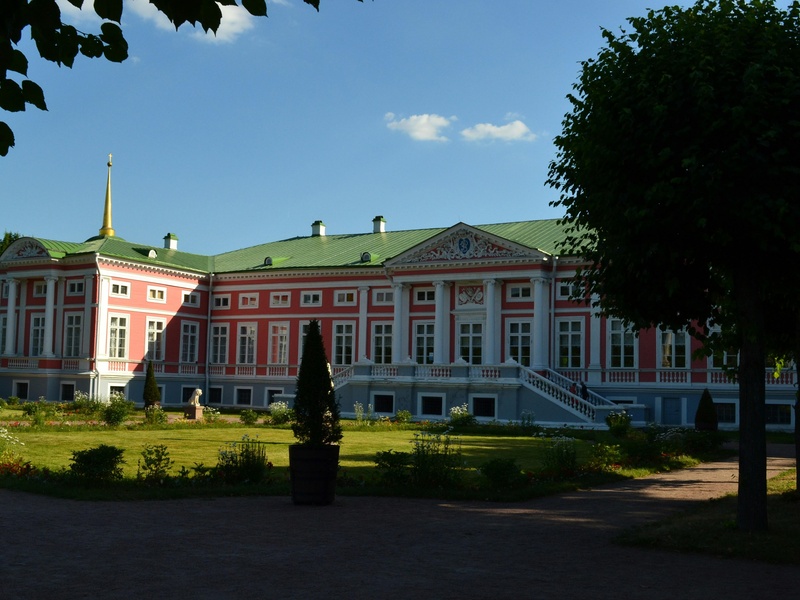
Rector’s Palace
Rector’s Palace, located in Dubrovnik, served as the seat of the Rector of the Republic of Ragusa. This palace combines both Gothic and Renaissance architectural styles. It symbolizes the city’s rich political and cultural history from the 15th century. This historical building is a key part of Dubrovnik’s past.
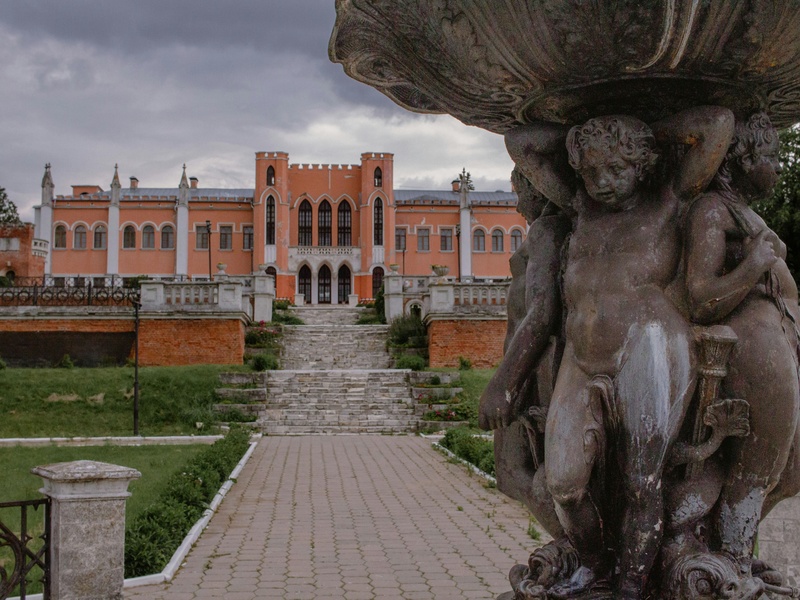
Sponza Palace
Sponza Palace is a grand building in Dubrovnik’s Old Town. It was built in the 16th century and served as a customs house, mint, and state treasury. Its Gothic and Renaissance design reflects its important economic role. The palace is an enduring symbol of Dubrovnik’s former merchant wealth.
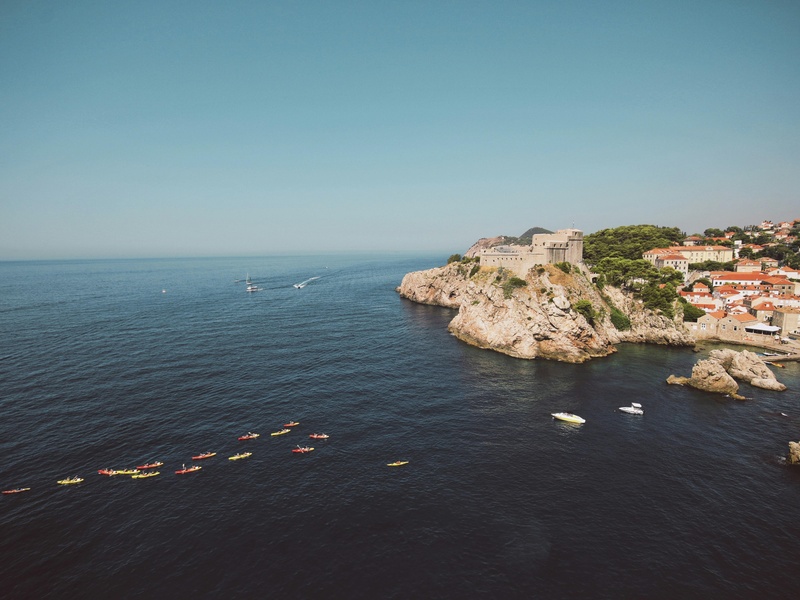
Lovrijenac Fortress
Lovrijenac Fortress, often called ‘Dubrovnik’s Gibraltar,’ is a mighty fortress outside the city walls. It stands on a high rock overlooking the sea. Built for defense, it dates back to the 11th century, with additions through the 16th century. It protected Dubrovnik from naval attacks and is a vital part of the city’s military history.
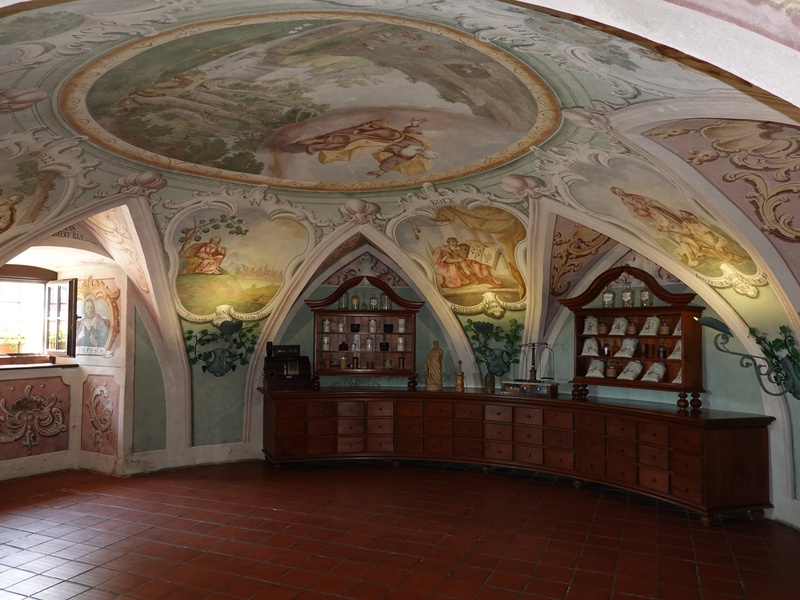
Franciscan Monastery and Pharmacy
The Franciscan Monastery and Pharmacy is found within Dubrovnik’s Old Town. The monastery complex dates to medieval times, primarily the 14th century. Its pharmacy, founded in 1317, is one of the oldest still-operating pharmacies in Europe. It represents centuries of monastic life and medicinal tradition.
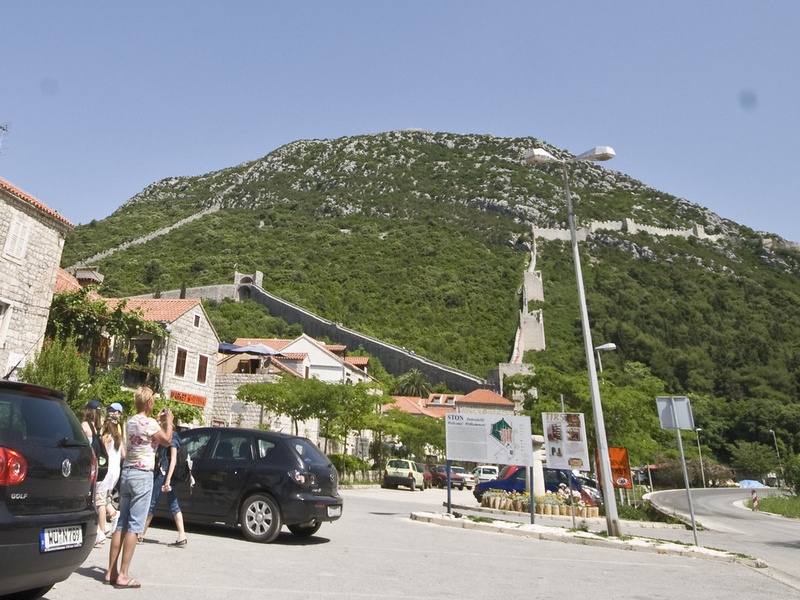
Ston Walls
The Walls of Ston are a series of defensive stone walls near the town of Ston. Constructed in the 14th and 15th centuries, they are among the longest defensive walls in Europe. These walls protected the precious salt pans of Ston. They are a massive example of medieval military engineering.
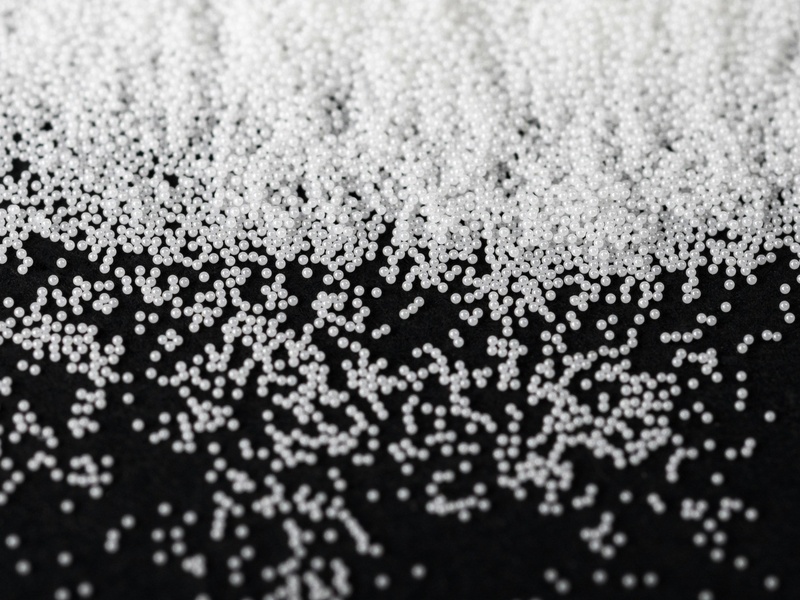
Ston Salt Pans
The Ston Salt Pans have been in operation for over 700 years. They are located near the town of Ston. These pans have produced salt since ancient times, benefiting the Republic of Ragusa. They are a significant piece of economic and industrial history.
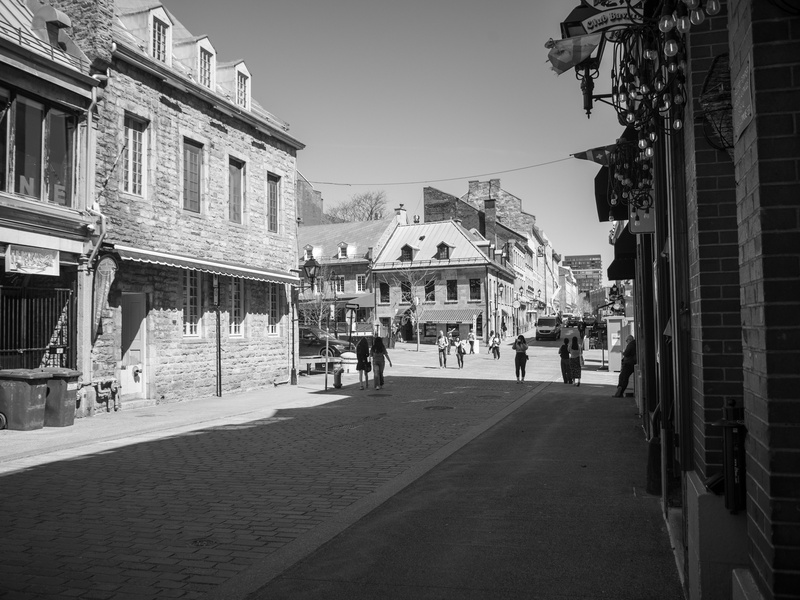
Korčula Old Town
Korčula Old Town is a historic fortified town on the island of Korčula. It features well-preserved medieval walls, towers, and houses. The town’s layout and architecture largely date from the 13th to 16th centuries. It is often linked to Marco Polo. Korčula Old Town offers a glimpse into a Venetian historical influence.
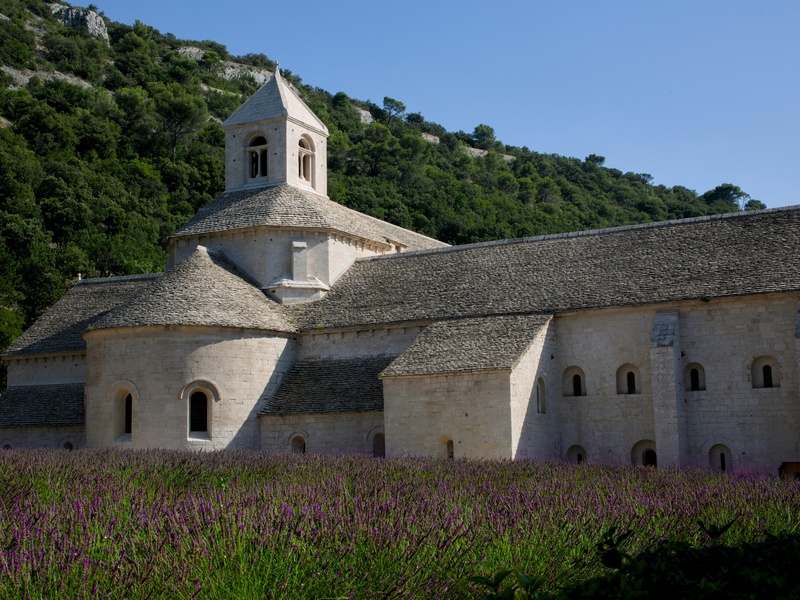
Benedictine Monastery, St. Mary Islet
The Benedictine Monastery on St. Mary Islet is located within Mljet National Park. This monastery was founded in the 12th century. The historical monastery complex includes a church and bell tower. It shows a long history of monastic life and spiritual importance in a beautiful natural setting.
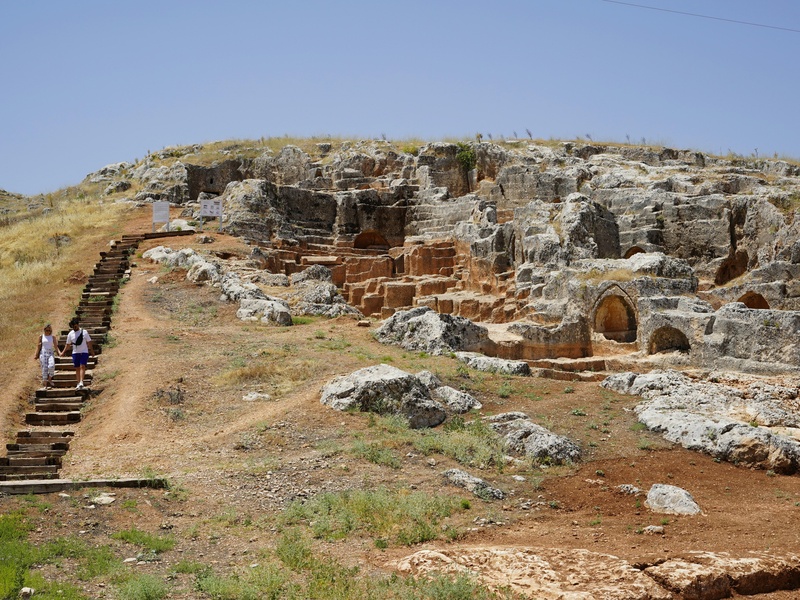
Narona Archaeological Site
The Narona Archaeological Site is an ancient Roman settlement near Metković. It was an important Roman trading post and port from the 1st to 5th centuries AD. The site reveals remains of a Roman forum, basilica, and temple. It provides key insights into Roman presence in ancient Dalmatia.
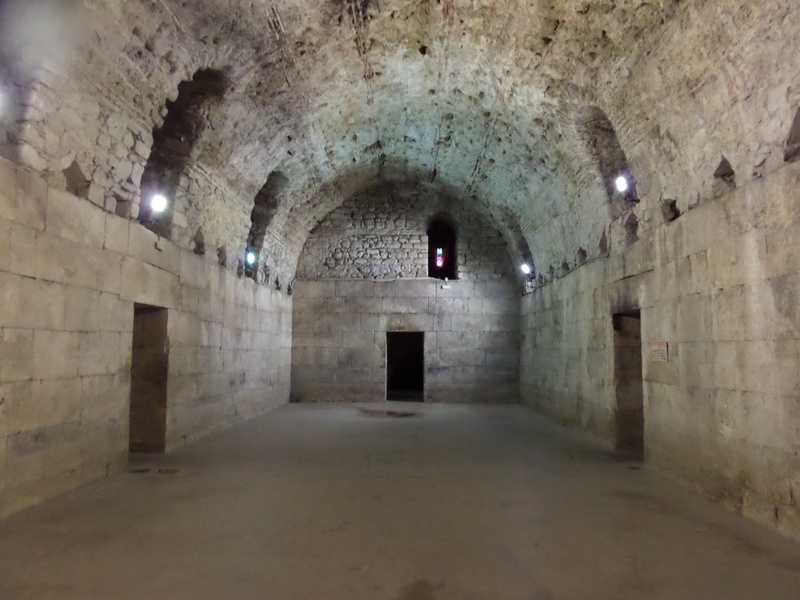
Diocletian’s Palace
Diocletian’s Palace is an ancient palace in Split built by the Roman Emperor Diocletian. Construction began in the late 3rd century AD. This massive complex served as the emperor’s retirement residence and military garrison. It is a UNESCO World Heritage site and forms the heart of modern Split.
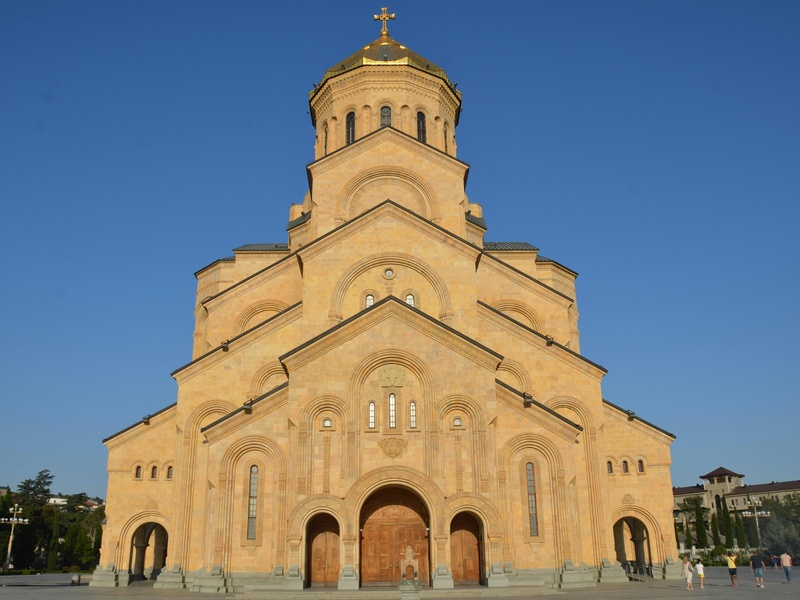
Cathedral of St. Domnius
The Cathedral of St. Domnius is located within Diocletian’s Palace in Split. It was originally Emperor Diocletian’s mausoleum, built in the 4th century AD. It became a Christian cathedral in the 7th century. This structure is one of the oldest Catholic cathedrals in the world in continuous use.
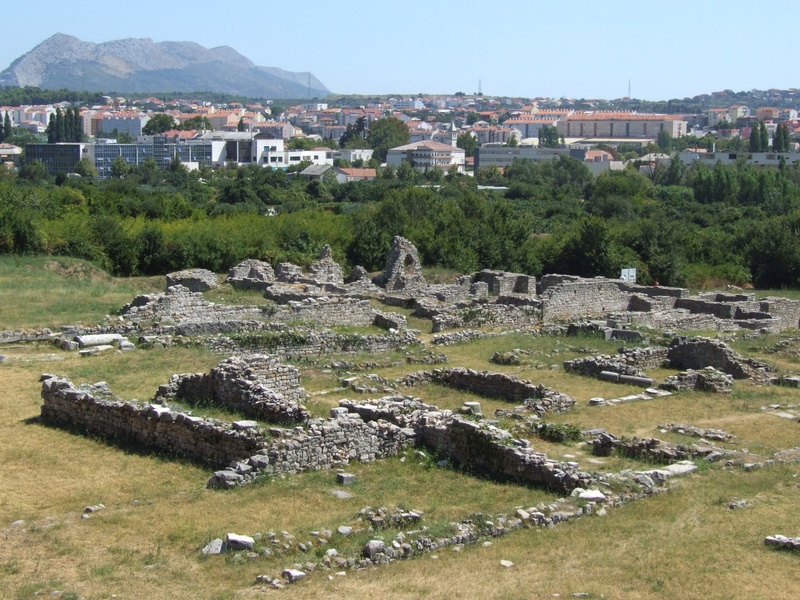
Salona
Salona was the capital of the Roman province of Dalmatia. It is located near Split. This large ancient city flourished from the 1st to 7th centuries AD. Remains include city walls, a forum, baths, and an amphitheater. Salona represents a major Roman urban center in early Croatia.
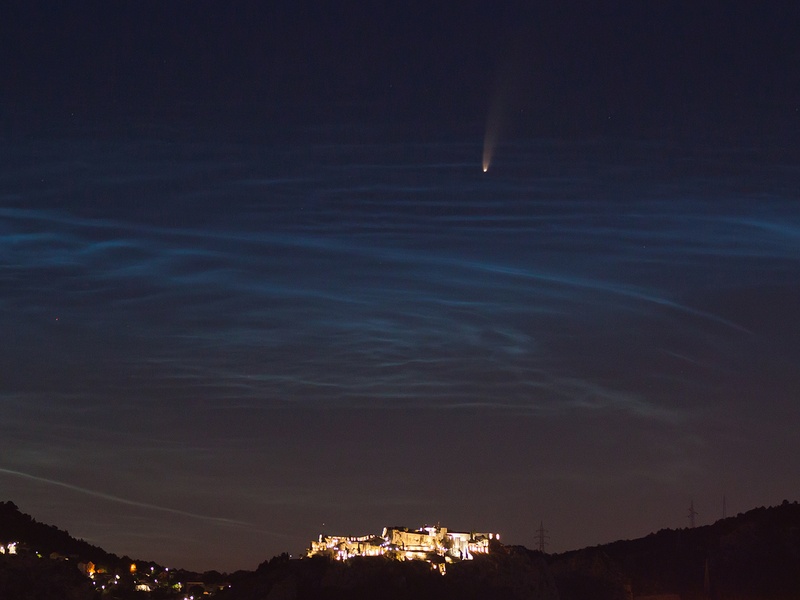
Klis Fortress
Klis Fortress is a medieval fortress perched on a rocky cliff near Split. It dates back to ancient times but saw most development during the Middle Ages. The fortress played a crucial role in defending against Ottoman invasions. It is a symbol of resistance and a strategic stronghold.
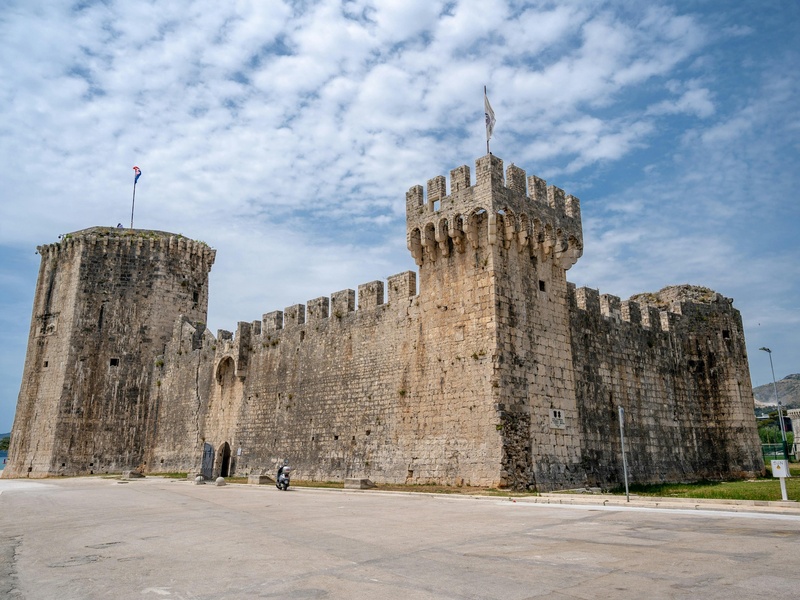
Trogir Old Town
Trogir Old Town is a historic island city connected to the mainland by bridges. This UNESCO World Heritage site showcases a remarkable blend of Romanesque, Gothic, and Renaissance architecture. Its history spans from ancient Greek settlement through Roman and Venetian rule. It is a well-preserved medieval town.
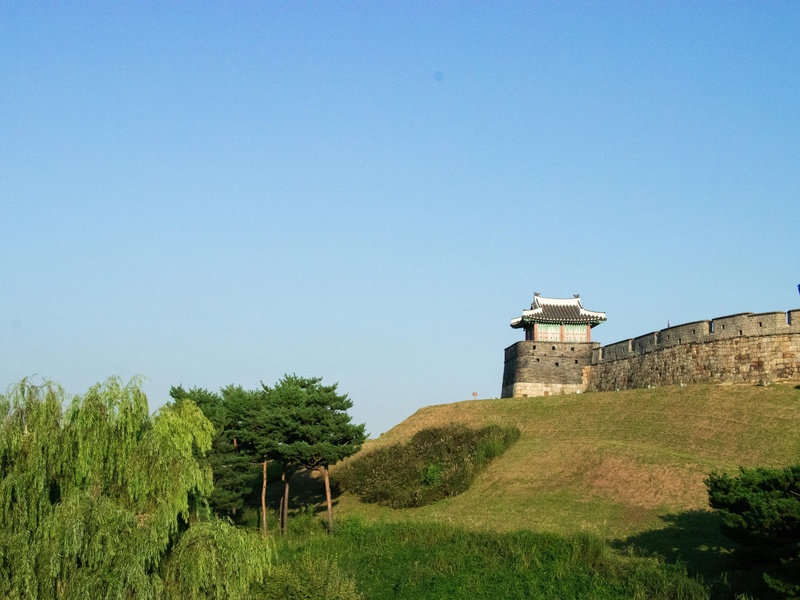
Kamerlengo Fortress
Kamerlengo Fortress is a large medieval fortress at the western end of Trogir’s Old Town. Built by the Venetians in the 15th century, it served to protect the city’s harbor. Its robust walls and towers are a testament to Venetian military architecture. The fortress is an icon of Trogir’s defensive past.
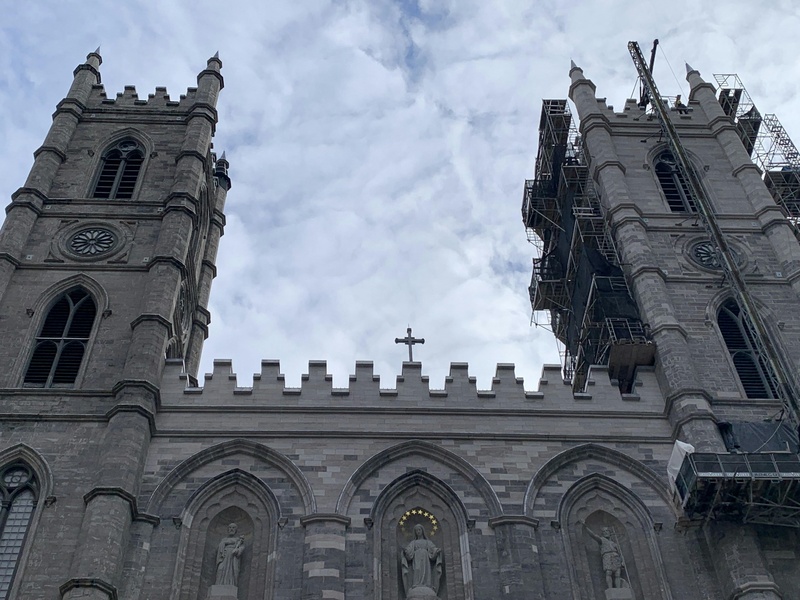
Cathedral of St. Lawrence
The Cathedral of St. Lawrence is a prominent historical landmark in Trogir Old Town. Construction began in the 13th century and continued over several centuries. It is famous for its Romanesque portal by Master Radovan. The cathedral is a masterpiece of Croatian medieval art and architecture.
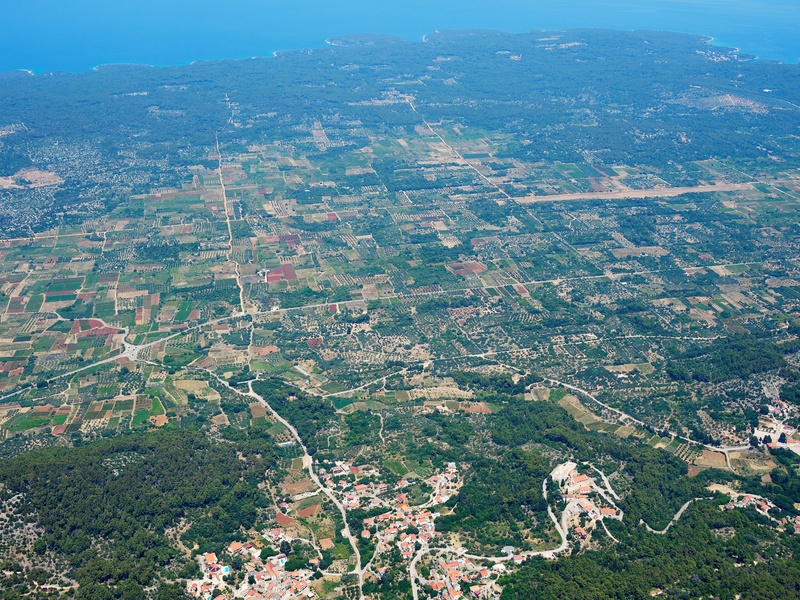
Stari Grad Plain
The Stari Grad Plain is an agricultural landscape on the island of Hvar. It was settled by ancient Greek colonists in the 4th century BC. The plain retains its original land division system, marked by dry stone walls. It is a UNESCO World Heritage site, showcasing ancient Greek agricultural practices.
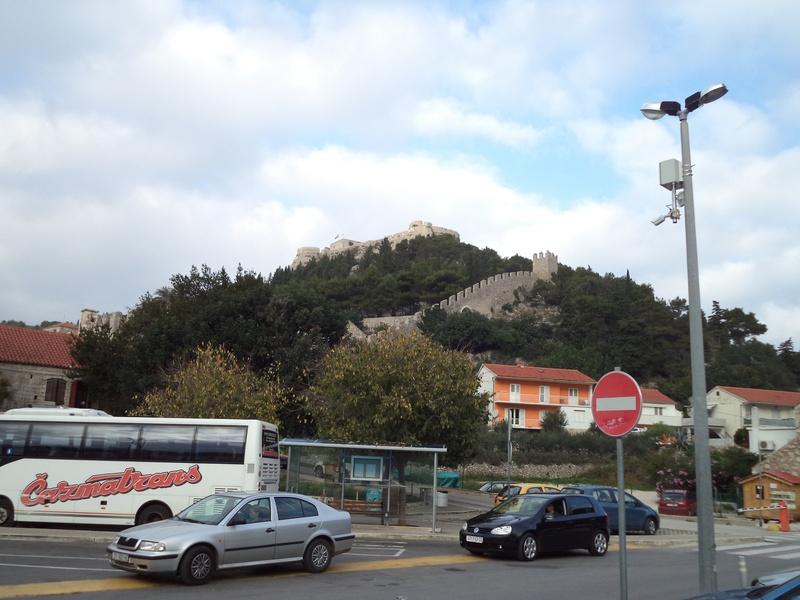
Fortica (Španjola) Fortress
Fortica (Španjola) Fortress is a 16th-century fortress overlooking Hvar Town. Built by the Venetians, it provided defense against the Ottomans. The fortress offers panoramic views of the town and surrounding islands. It is a key example of Venetian military architecture on the Adriatic.
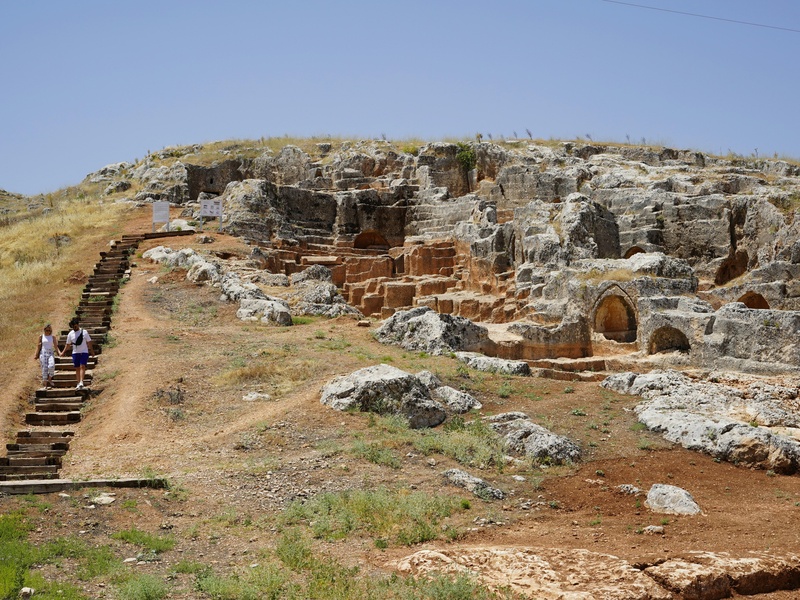
Issa Archaeological Site
The Issa Archaeological Site is located on the island of Vis. It was an ancient Greek colony founded in the 4th century BC. The site reveals remains of Greek and Roman settlements, including a theater, necropolis, and thermal baths. Issa was a vital Greek outpost in the Adriatic.
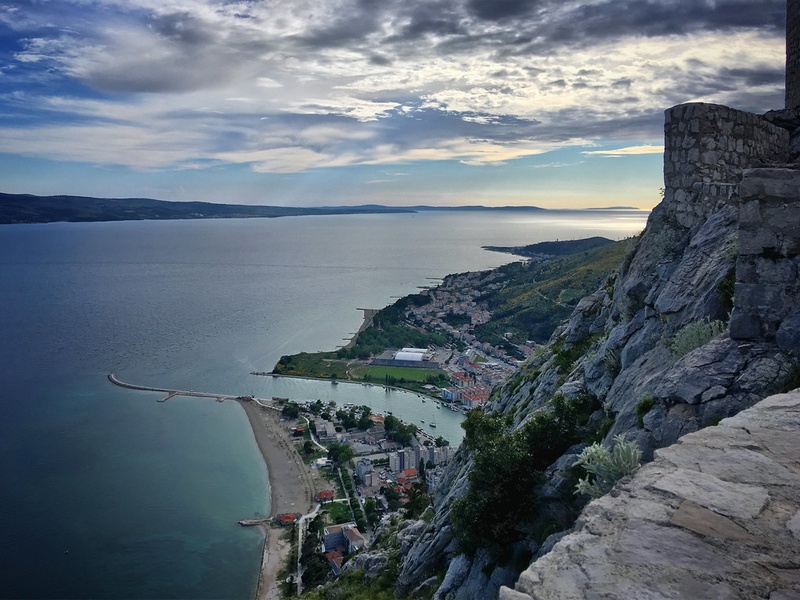
Mirabella (Peovica) Fortress
Mirabella (Peovica) Fortress is a small, medieval fortress in Omiš, dating back to the 13th century. It sits high above the town, offering strategic views of the Cetina River and the sea. The fortress was crucial for the Omiš pirates’ defense. It symbolizes the town’s piratical past.
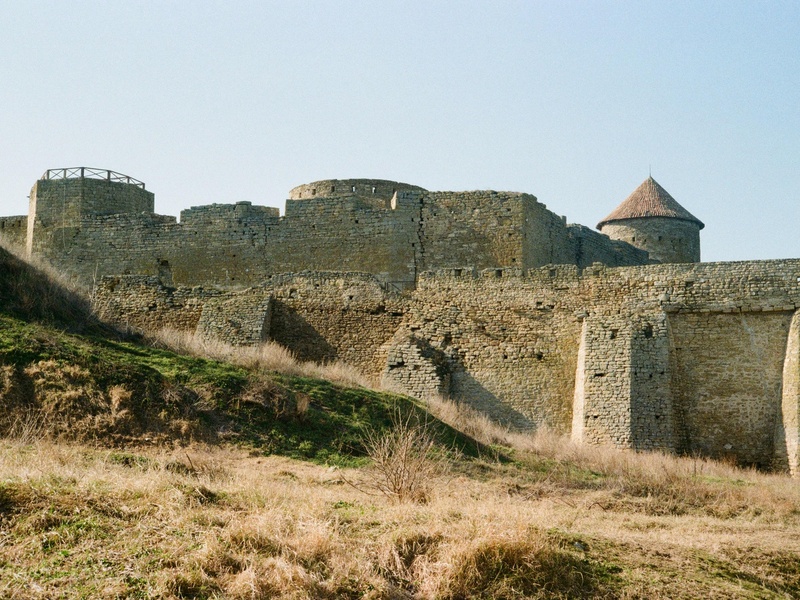
Sinj Fortress (Stari Grad)
Sinj Fortress, also known as Stari Grad, is a historic fortress above the town of Sinj. Its origins date back to medieval times, with significant Ottoman and Venetian influences. The fortress was central to battles against the Ottomans. It represents centuries of military history in the Dalmatian hinterland.
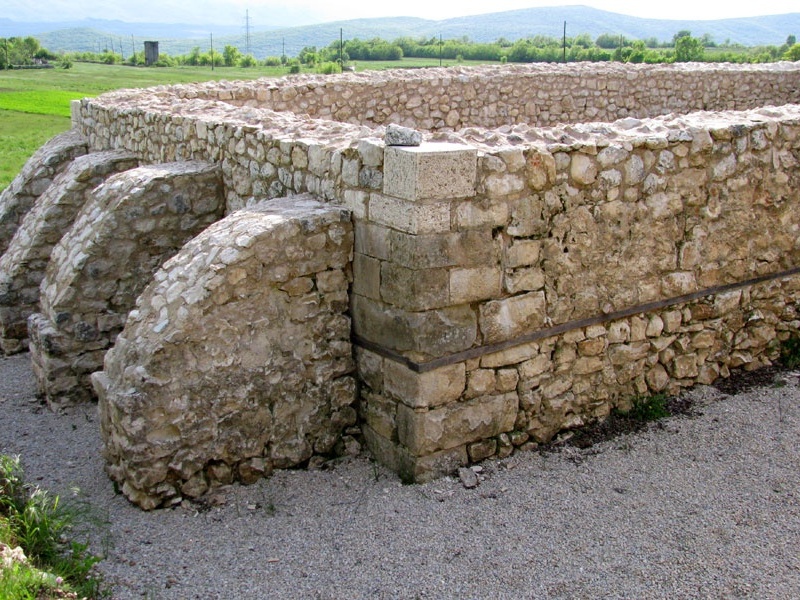
Tilurium
Tilurium was an important Roman legionary camp and later a Roman town. It is located near Trilj. The site contains remains of military barracks, fortifications, and civilian structures. Tilurium was a key Roman military base in the province of Dalmatia.
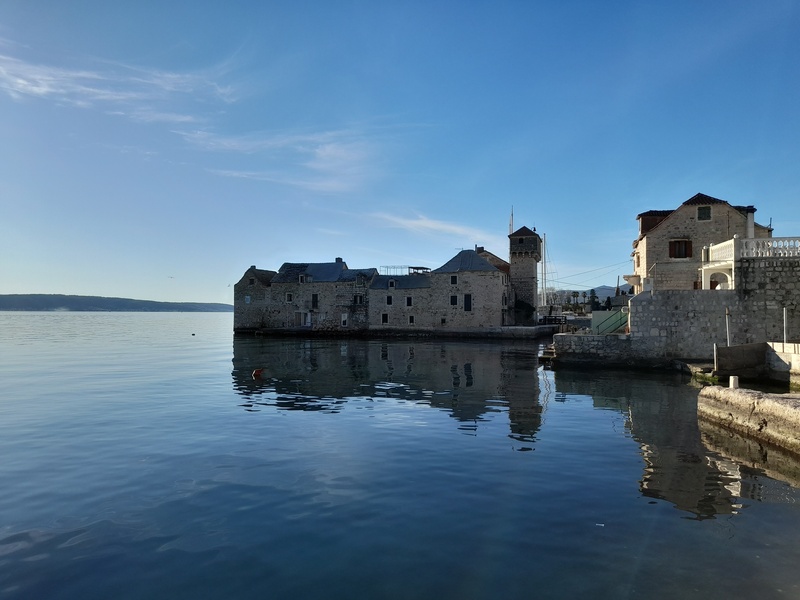
Kaštel Gomilica
Kaštel Gomilica is one of seven fortified settlements (kaštela) along the coast between Split and Trogir. This kaštel was built by Benedictine nuns in the 16th century to protect their property and peasants. It is a unique example of defensive architecture for a common settlement.
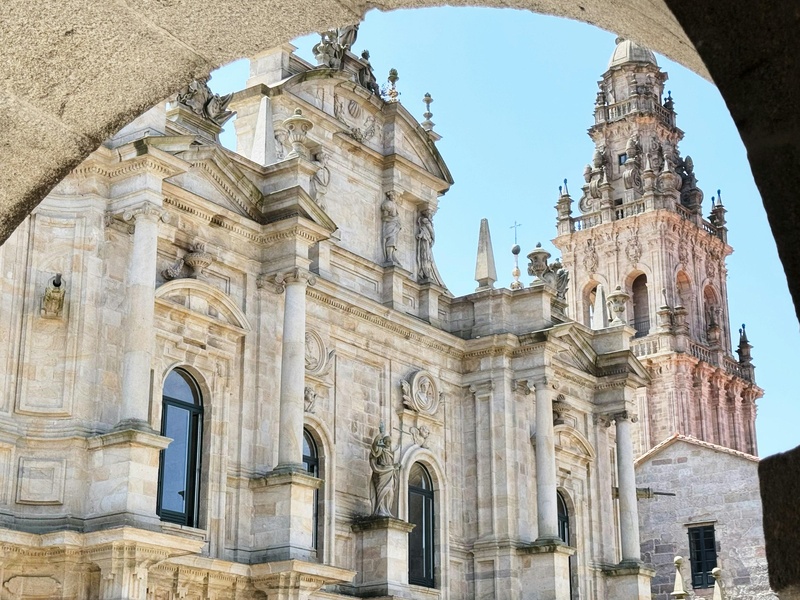
Cathedral of St. James
The Cathedral of St. James is a UNESCO World Heritage site in Šibenik. Constructed entirely out of stone, it took over a century to build, from 1431 to 1536. The cathedral showcases a blend of Gothic and Renaissance styles. It is a remarkable testament to Renaissance architecture.
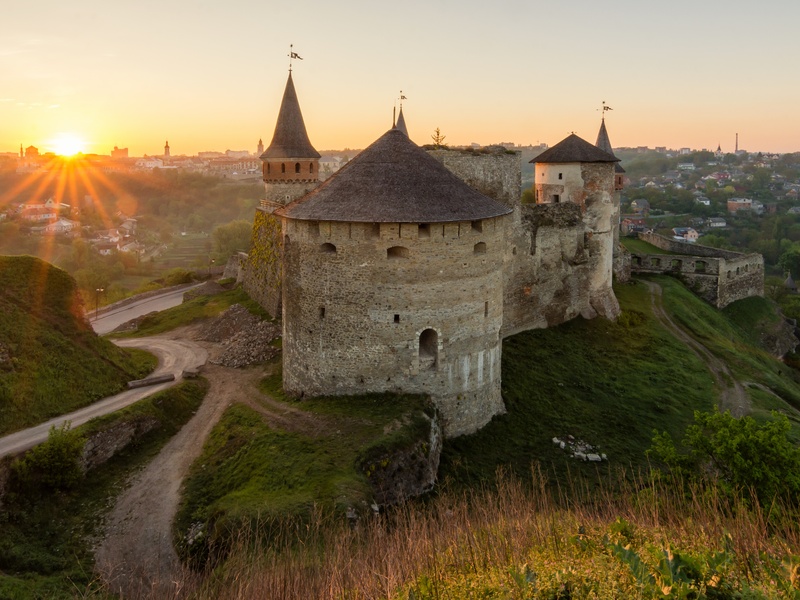
St. Michael’s Fortress
St. Michael’s Fortress is an ancient fortress standing above Šibenik’s Old Town. Its origins date to the 9th century, with significant rebuilding in the 13th and 15th centuries. The fortress provided strategic defense for the city over centuries. It is the oldest and most important fortress in Šibenik.
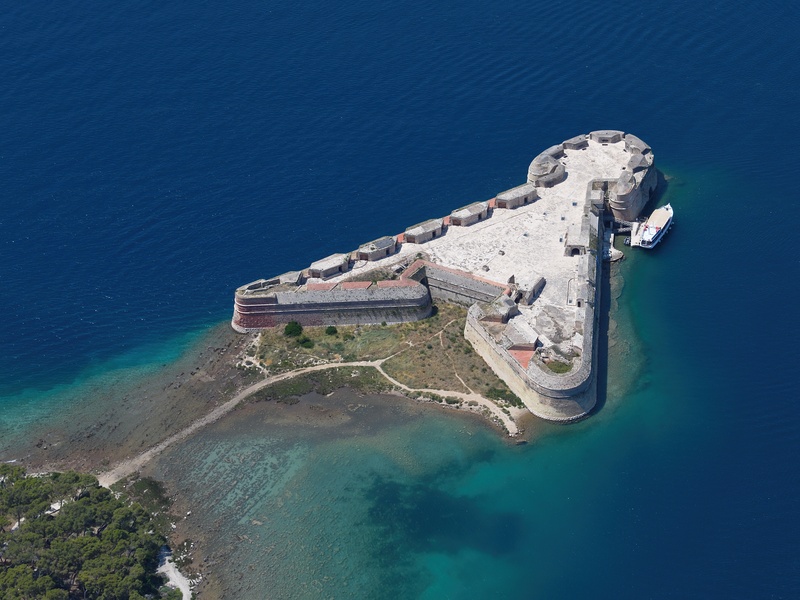
St. Nicholas Fortress
St. Nicholas Fortress is a massive Venetian fortress at the entrance to Šibenik Bay. Built in the mid-16th century, it was designed to protect the city from sea attacks. It is a UNESCO World Heritage site, representing a masterpiece of Renaissance military architecture.
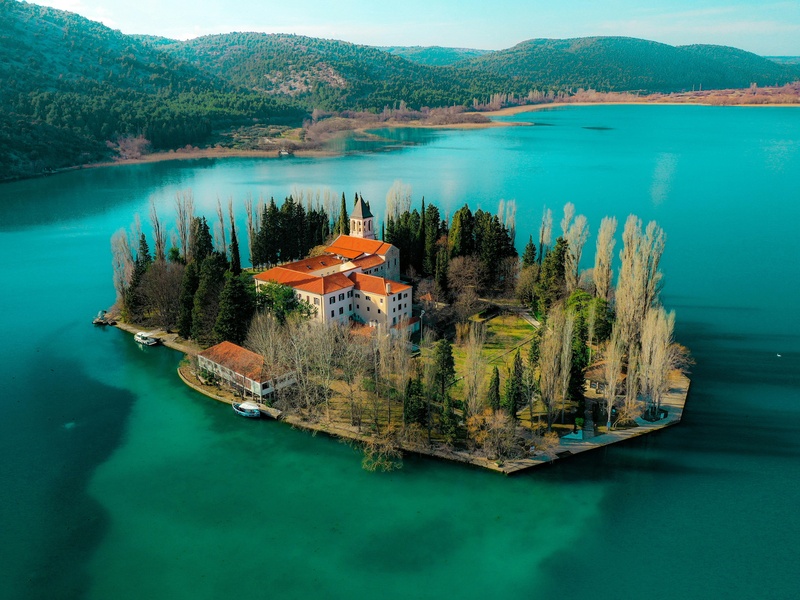
Krka Monastery
Krka Monastery is a Serbian Orthodox monastery located near the Krka River. Founded in the 14th century, it holds significant religious and historical importance. The monastery includes a church, catacombs, and a rich library. It has served as a spiritual center for centuries.
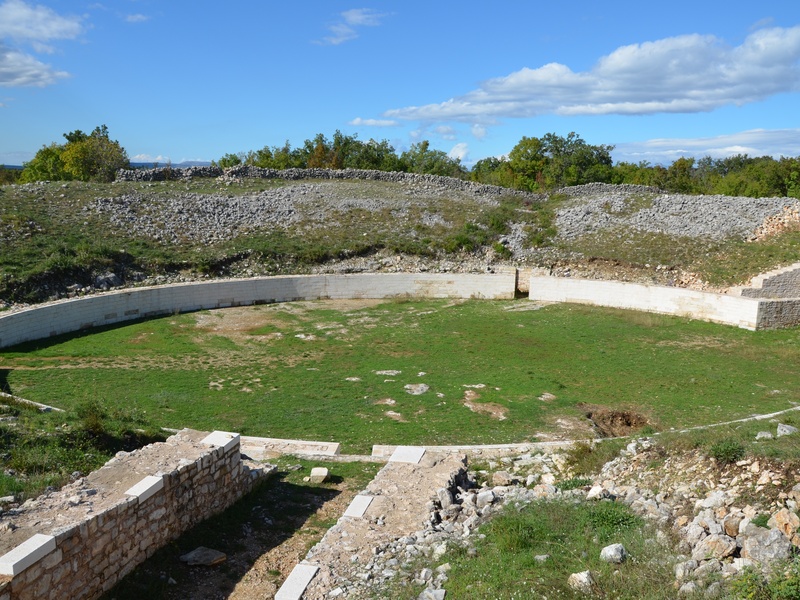
Burnum
Burnum is an ancient Roman military camp and town near modern Kistanje. It was established in the 1st century AD. The site preserves remnants of an amphitheater, a praetorium, and an aqueduct. Burnum was a crucial Roman military and administrative center in Dalmatia.
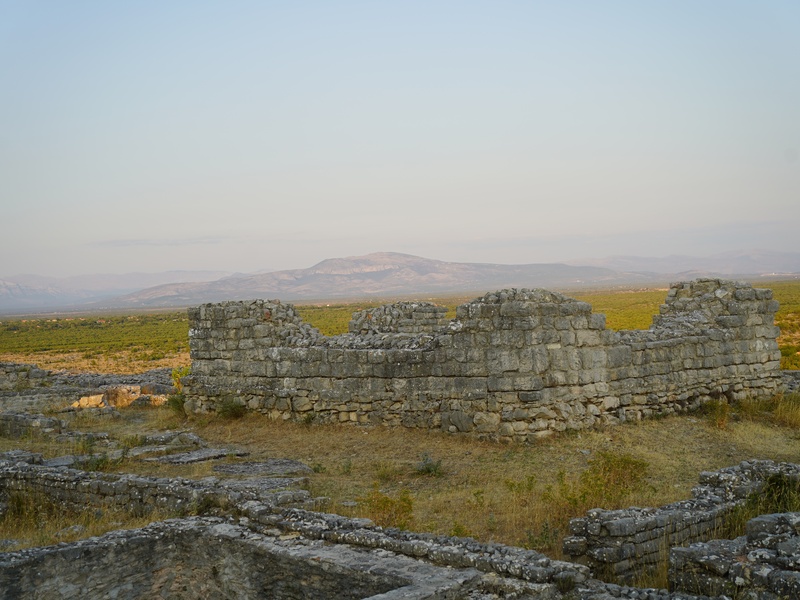
Bribir-Varvaria
Bribir-Varvaria is an archaeological site consisting of the ancient Roman town of Varvaria and the medieval Croatian town of Bribir. The site reveals continuous habitation from prehistoric times until the Middle Ages. It offers a layered view of historical development and settlement.
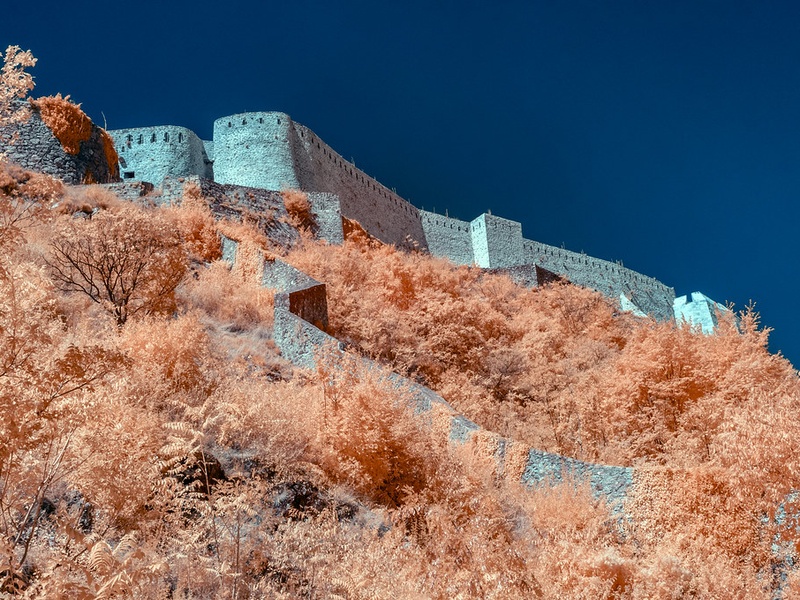
Knin Fortress
Knin Fortress is one of Croatia’s largest and most important defensive fortresses. It sits on a hill overlooking the town of Knin. Its history dates back to the 9th century, serving as a royal residence for Croatian kings. The fortress is a symbol of Croatian historical statehood.
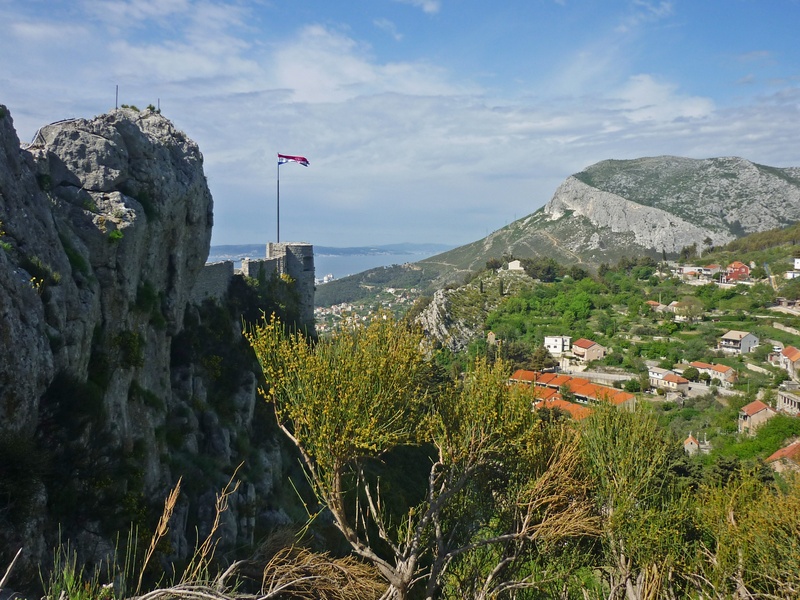
Tureta Fortress
Tureta Fortress is a well-preserved ancient fortress on the island of Kornat in the Kornati National Park. It dates back to the Byzantine era, likely the 6th century. The fortress served as a military outpost controlling maritime routes. It is an important example of early medieval defensive architecture.
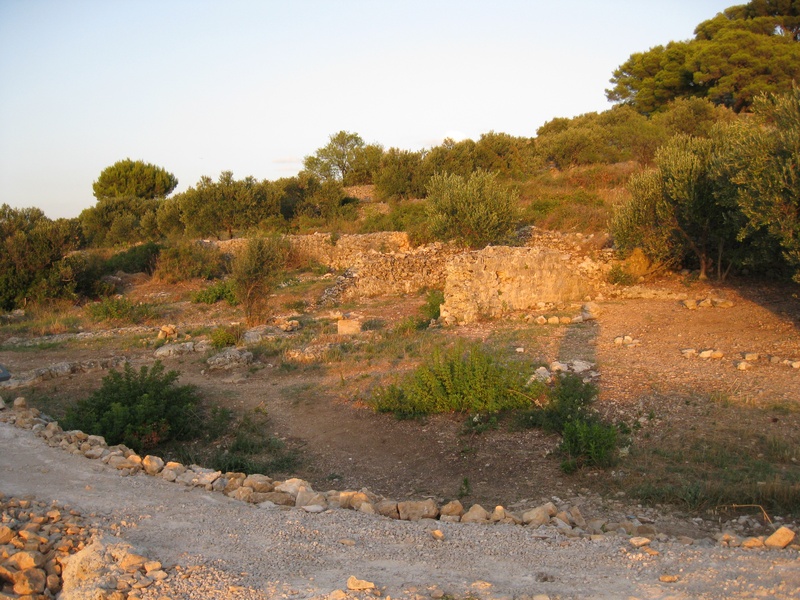
Colentum
Colentum is an ancient Roman settlement located near Murter. The site, partially submerged, reveals remains of villas, baths, and harbor structures. It flourished during the Roman period. Colentum provides insight into Roman life and coastal development in Dalmatia.
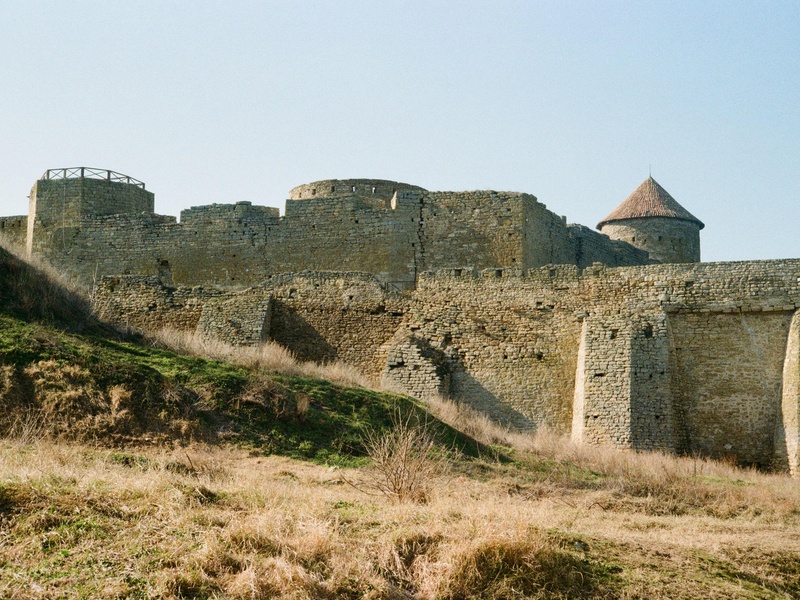
Turina Fortress
Turina Fortress is a medieval fortress situated near the town of Bribir. Its precise origins are debated, but it dates to the medieval period. The fortress guarded important routes and controlled the surrounding area. It represents a typical medieval defensive structure in inland Dalmatia.
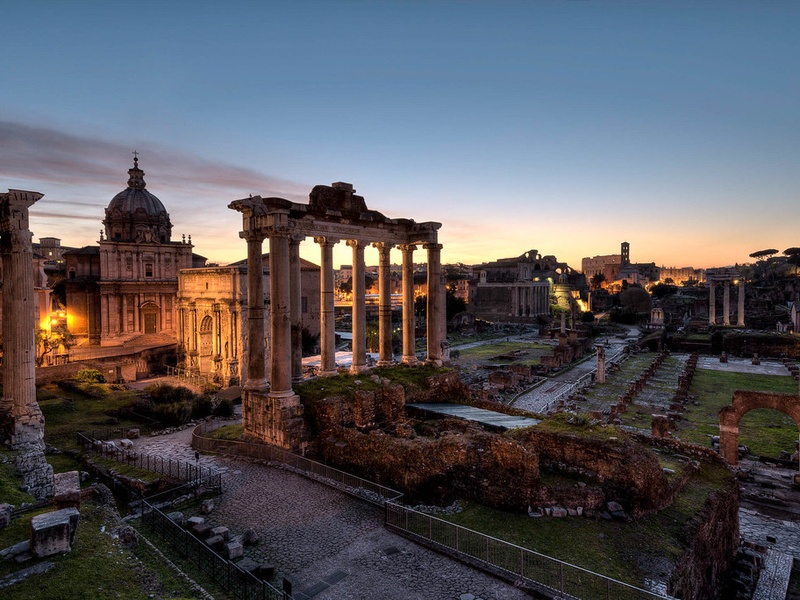
Roman Forum
The Roman Forum in Zadar was the center of public life in ancient Roman Iadera. Built between the 1st century BC and 3rd century AD, it was once surrounded by temples and public buildings. Its remains are a key part of Zadar’s Roman heritage.
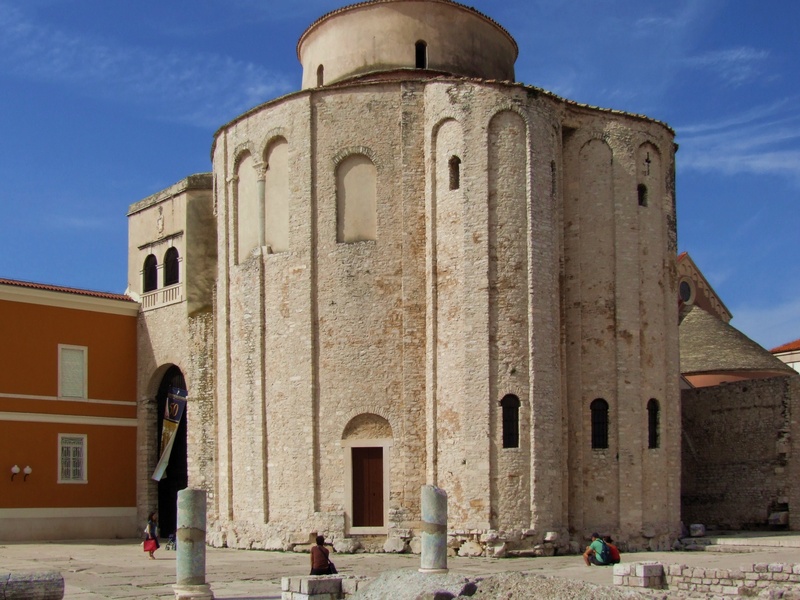
Church of St. Donatus
The Church of St. Donatus is a pre-Romanesque church in Zadar, dating from the 9th century. Its distinctive circular shape makes it a prominent symbol of the city. This church is one of the most important examples of early medieval architecture in Croatia.
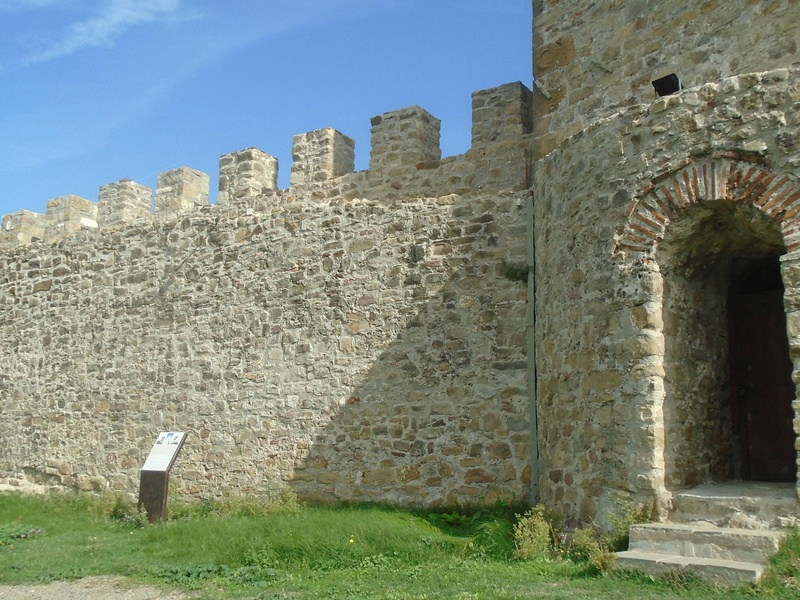
Zadar City Walls and Land Gate
Zadar City Walls and Land Gate are prominent defensive structures in the city of Zadar. The walls’ current form largely dates to the Venetian period, from the 16th to 18th centuries. The Land Gate, built in 1543, is an iconic Renaissance entrance. They reflect centuries of Zadar’s strategic importance.
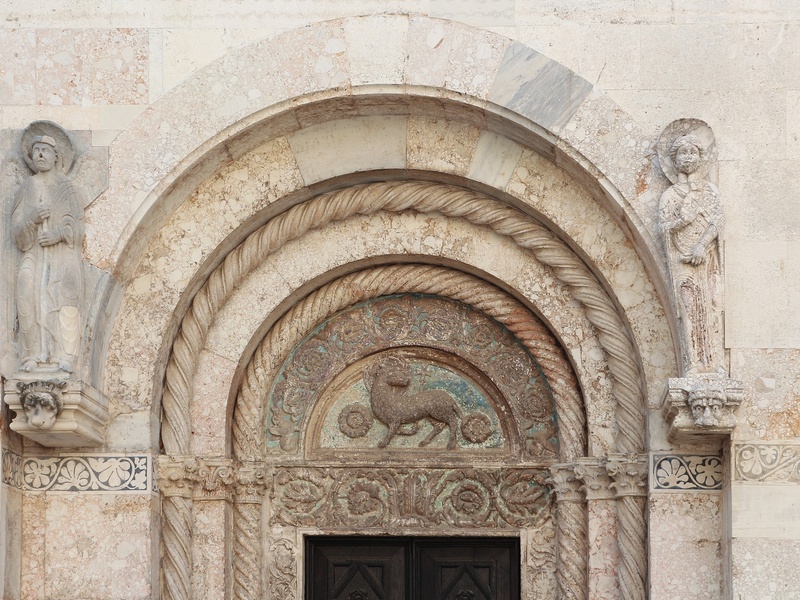
Cathedral of St. Anastasia
The Cathedral of St. Anastasia is the largest church in Dalmatia, located in Zadar. Its present Romanesque form dates primarily from the 12th and 13th centuries. The cathedral is known for its impressive bell tower. It is a masterpiece of Romanesque architecture.
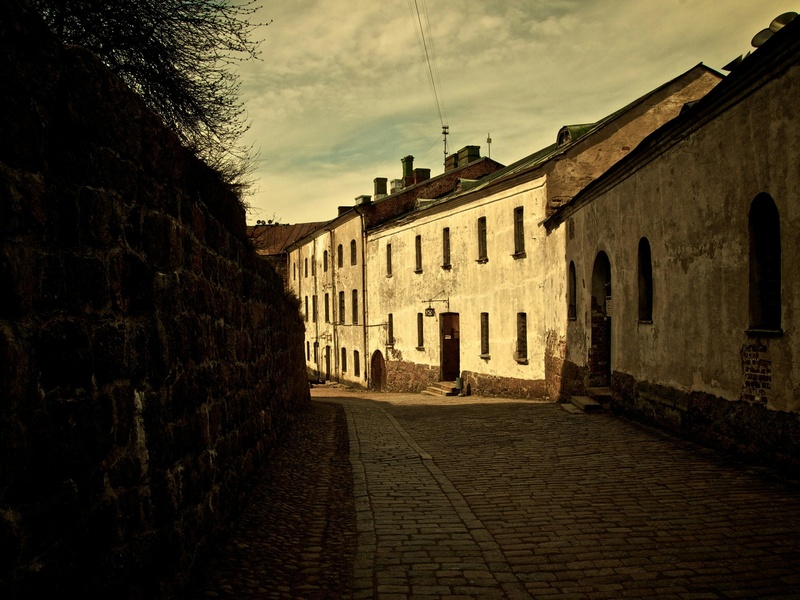
Nin Old Town
Nin Old Town is a historic town on a small island connected to the mainland. It was one of the earliest Croatian royal towns, important from the 7th to 11th centuries. The town contains several pre-Romanesque churches. Nin is a site of great historical and cultural significance.
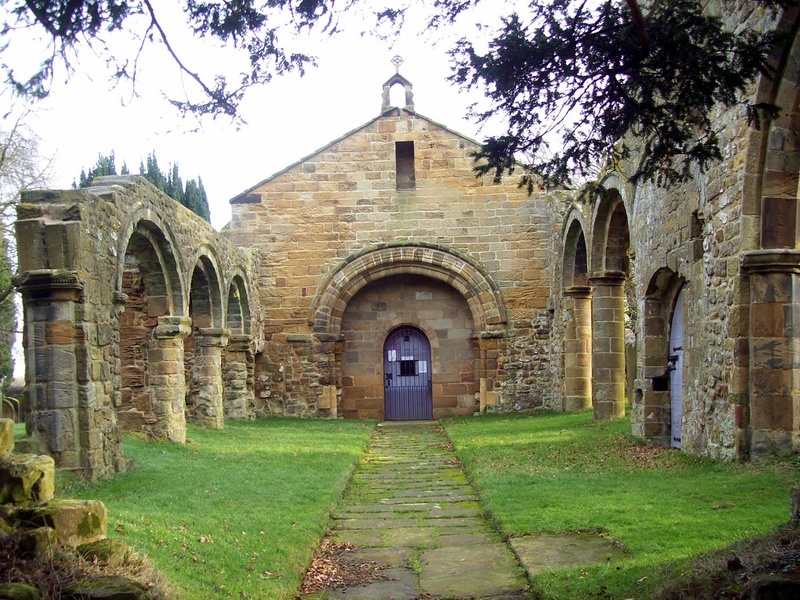
Church of the Holy Cross
The Church of the Holy Cross, located in Nin, is often called ‘the smallest cathedral in the world.’ This small pre-Romanesque church dates from the 9th century. Its unique architecture is notable for its astronomical functionality. It is a highly significant example of early Croatian church building.
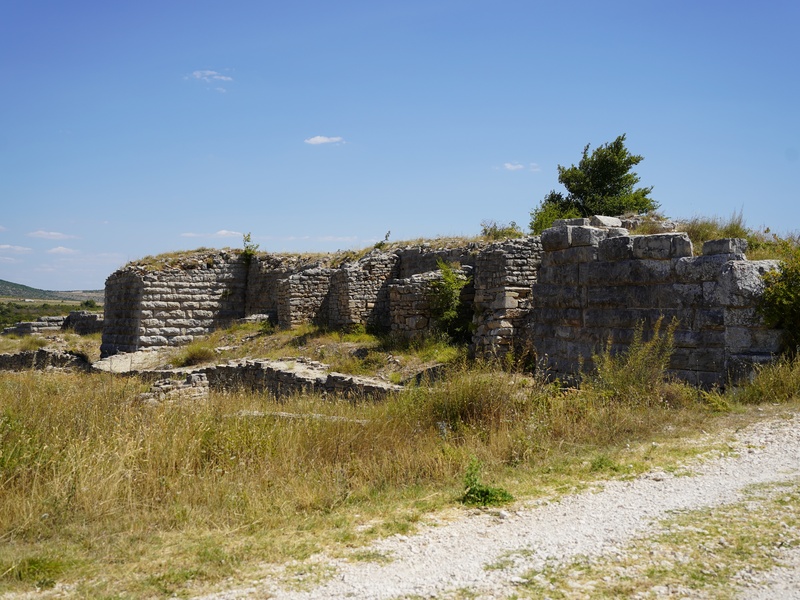
Asseria
Asseria is an ancient Liburnian and Roman settlement located near Benkovac. It features remains of city walls, a forum, and a triumphal arch. The site shows continuous habitation from prehistoric times until the Roman period. Asseria provides insight into the region’s ancient past.
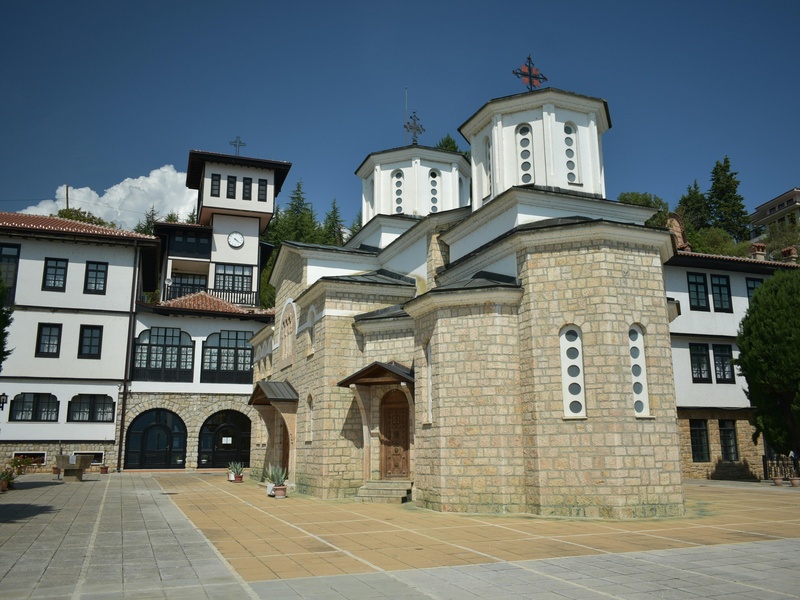
St. Mary’s Benedictine Monastery
St. Mary’s Benedictine Monastery in Zadar dates back to the 11th century. It includes a church and bell tower. The monastery has a rich historical collection, demonstrating centuries of monastic life and cultural preservation. It is a significant religious and cultural institution.
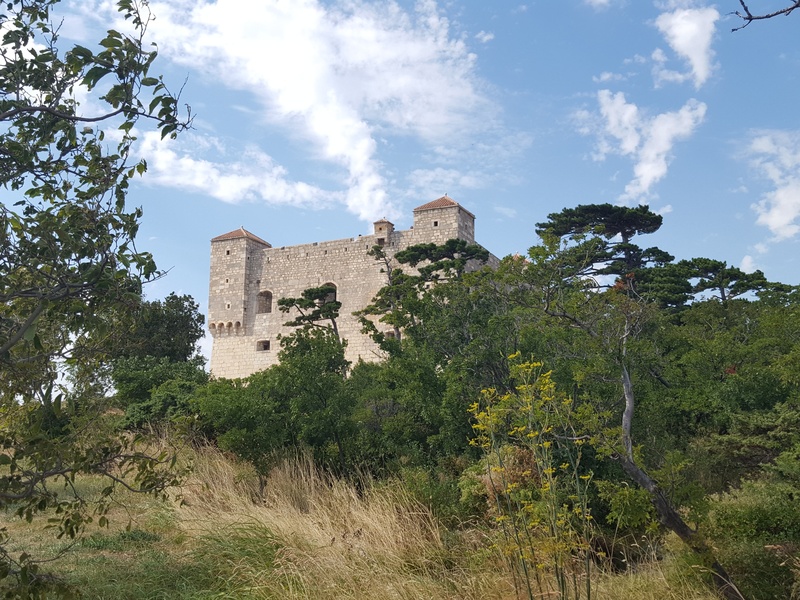
Nehaj Fortress
Nehaj Fortress is a prominent fortress located in Senj. Built in the 16th century by the Uskoks, a group of Croatian irregular soldiers, it defended against Ottoman and Venetian forces. The fortress is a symbol of their resistance. It offers important historical context for the region.
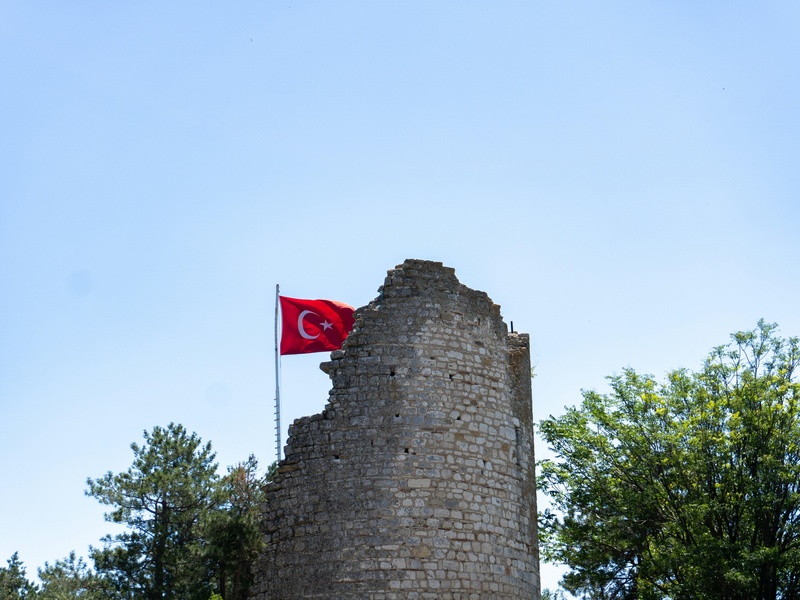
Perušić Turska Kula
Perušić Turska Kula, or ‘Turkish Tower,’ is a medieval tower located in the village of Perušić. Dating from the Ottoman period, it served as a defensive stronghold. The tower represents a period of Ottoman presence and conflict in Lika. It is a unique example of Ottoman-era architecture.
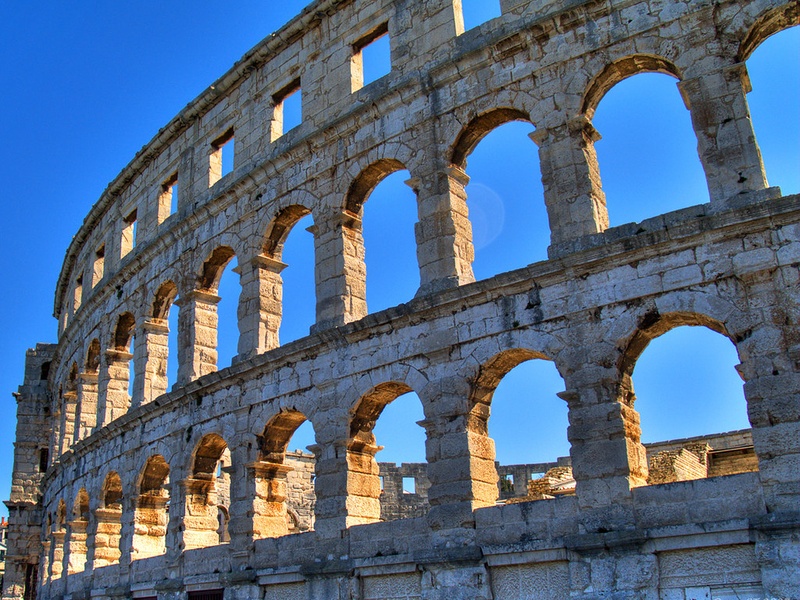
Pula Arena
Pula Arena is one of the best-preserved Roman amphitheaters outside of Italy. Built in the 1st century AD, it once hosted gladiator fights. Its massive structure dominates the city of Pula. The arena is a powerful reminder of Roman engineering and spectacle.
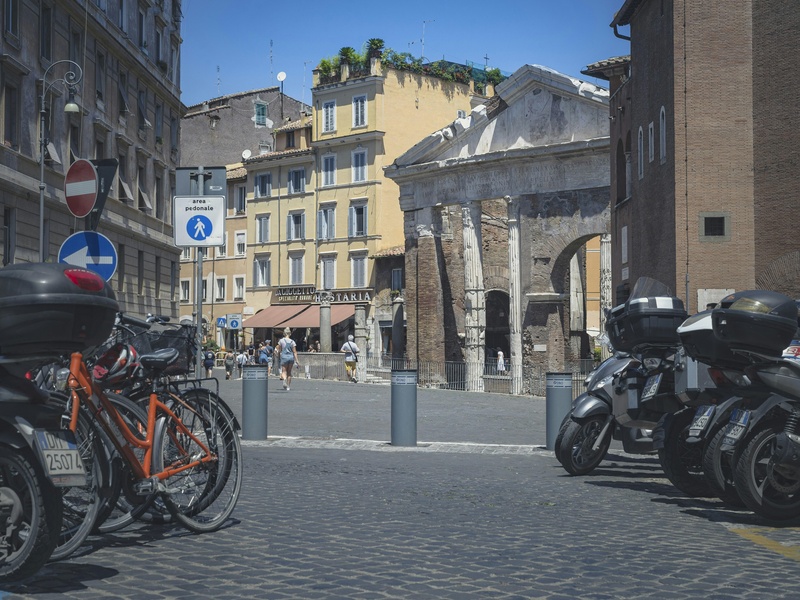
Temple of Augustus
The Temple of Augustus is an ancient Roman temple in Pula, dedicated to Emperor Augustus. Constructed during his lifetime, between 2 BC and AD 14, it features Corinthian columns. It is a well-preserved example of Roman temple architecture. It stands as a testament to Pula’s Roman heritage.
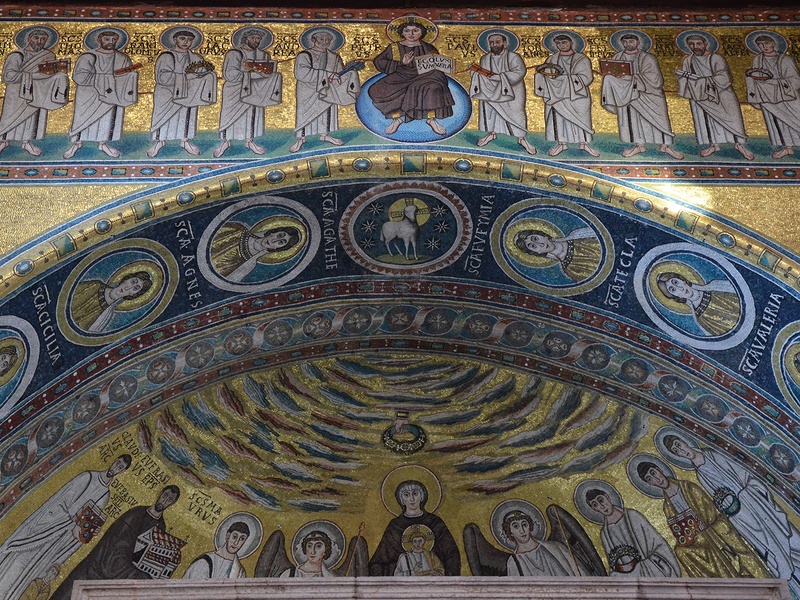
Euphrasian Basilica
The Euphrasian Basilica in Poreč is a UNESCO World Heritage site. This complex of early Christian buildings dates from the 6th century. It is renowned for its stunning Byzantine mosaics. The basilica is considered one of the finest examples of early Byzantine art and architecture.
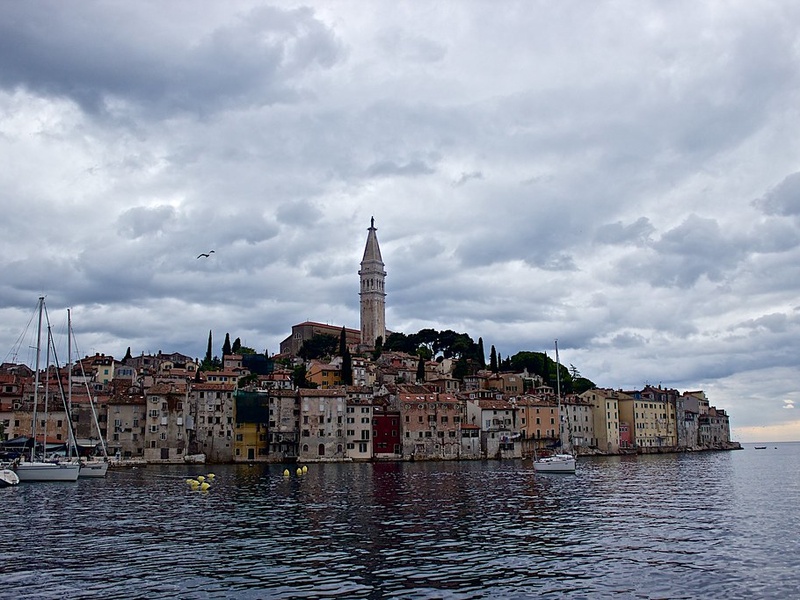
Poreč Old Town
Poreč Old Town is a historic settlement on the Istrian coast. Its urban plan dates back to Roman times. The town features well-preserved Roman, Byzantine, and Venetian influences. Its historical layers make it a remarkable place for historical exploration.
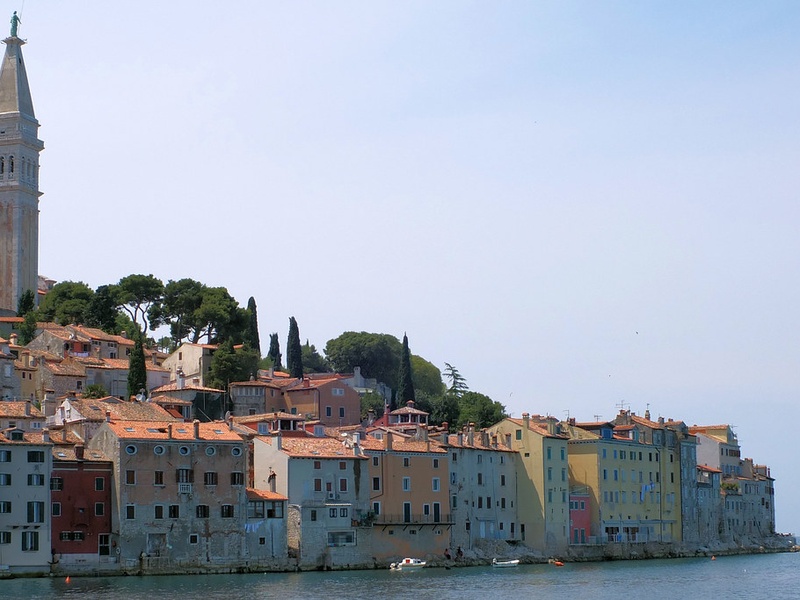
Rovinj Old Town
Rovinj Old Town is a charming, tightly packed historic town on a peninsula in Istria. Its architecture shows strong Venetian influence, with narrow, winding streets and colorful houses. The town developed between the 13th and 18th centuries. It is a picturesque example of an Adriatic fishing town.
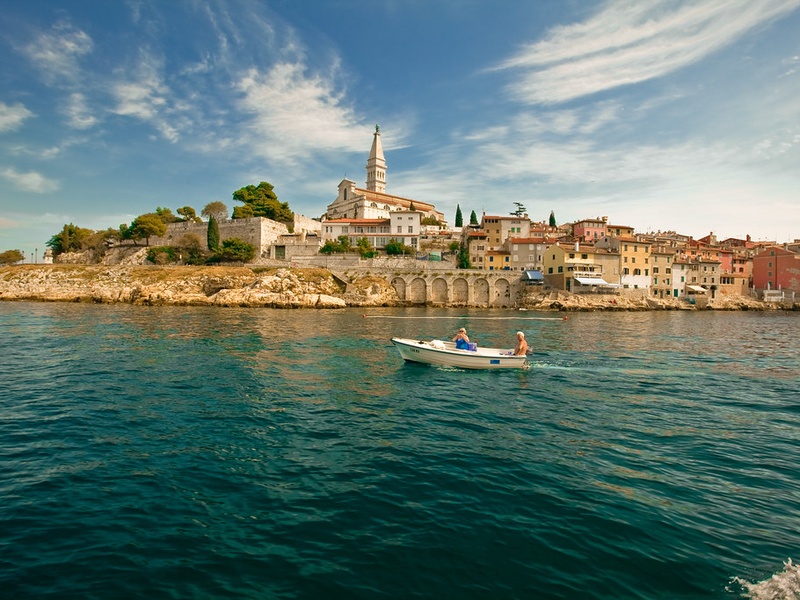
Church of St. Euphemia
The Church of St. Euphemia is a dominant baroque church in Rovinj Old Town. Completed in the 18th century, it features a tall bell tower with a copper statue of its patron saint. The church is a key landmark and symbol of Rovinj.
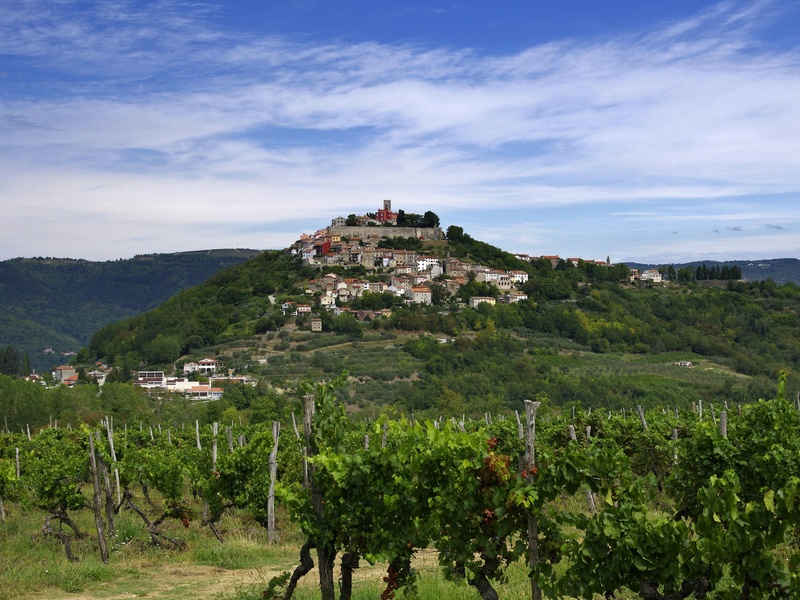
Motovun
Motovun is a medieval hilltop town in central Istria. Its origins date back to ancient times, but its current form is largely medieval, from the 13th to 17th centuries. The town is famous for its walls and Venetian bell tower. Motovun is a classic example of an Istrian hilltop settlement.
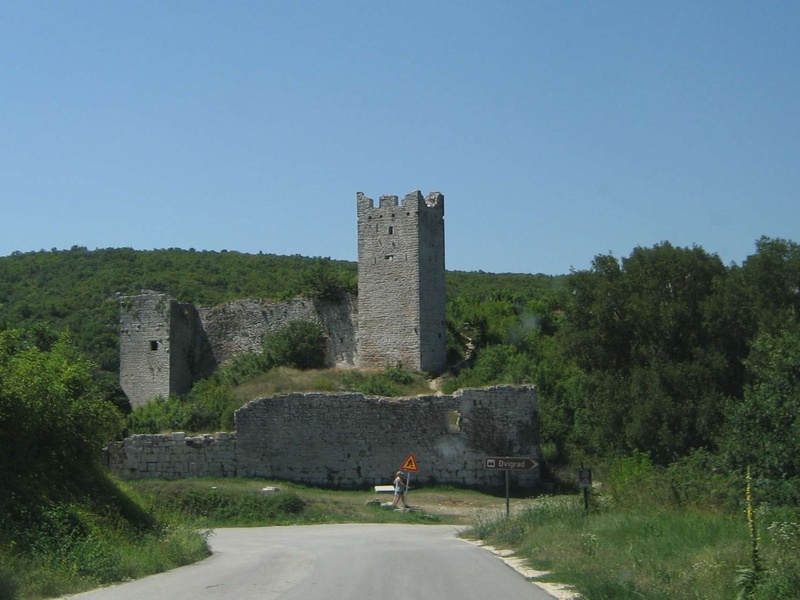
Dvigrad
Dvigrad is a medieval ghost town, abandoned in the 17th century due to plague and conflict. Located in central Istria, its impressive ruins include a castle, churches, and houses. It offers a unique glimpse into a vanished medieval community and its struggles.
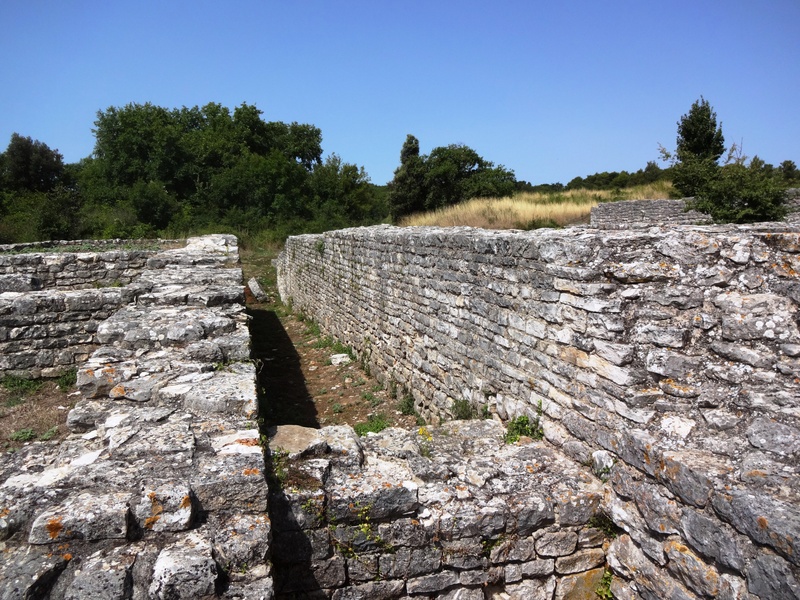
Nesactium (Nezakcij)
Nesactium (Nezakcij) is an important archaeological site near Pula, representing the ancient capital of the Histri tribe. It dates from the Iron Age, with later Roman occupation. The site contains remains of city walls, a necropolis, and Roman structures. It is crucial for understanding pre-Roman Istrian history.
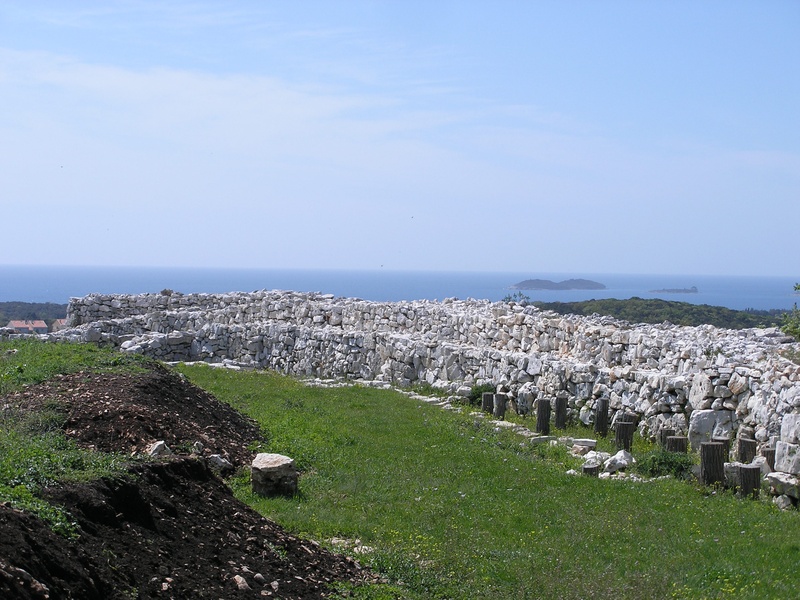
Monkodonja
Monkodonja is a significant Bronze Age hillfort site near Rovinj. It dates back to approximately 1800-1200 BC. This large fortified settlement provides insight into early complex societies in Istria. It is a prime example of prehistoric urban planning.
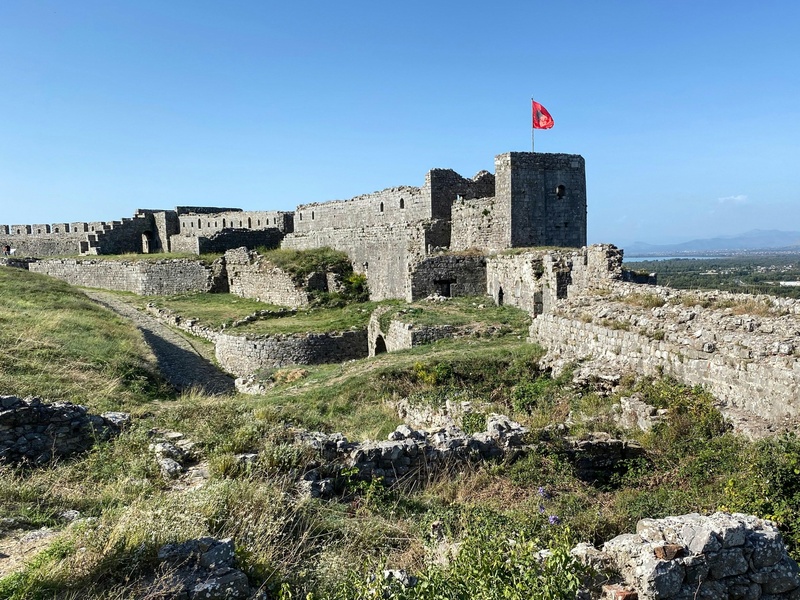
Pazin Castle
Pazin Castle is a medieval fortress perched on a cliff above a deep gorge in central Istria. Its origins date back to the 10th century, with later additions. The castle was a strategic stronghold. It inspired Jules Verne. Pazin Castle is a striking example of a medieval stronghold.
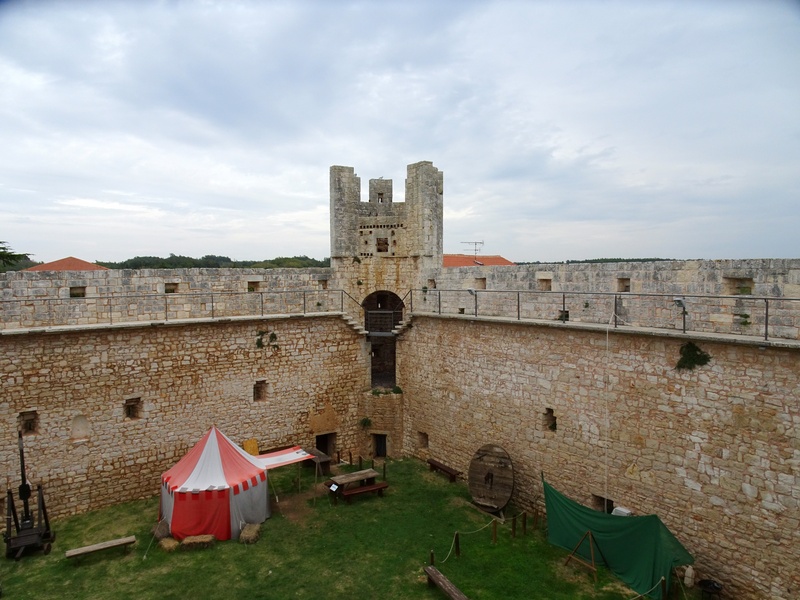
Grimani Castle
Grimani Castle, located in Svetvinčenat in Istria, is a well-preserved Renaissance-era castle. It was built by the aristocratic Grimani family in the 16th century. The castle features a large courtyard and towers. It is an impressive example of Renaissance defensive architecture.
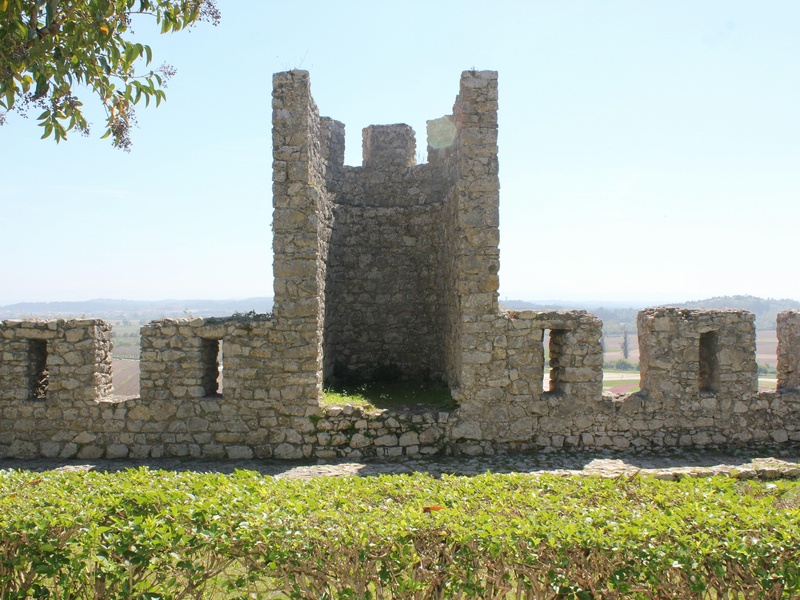
Momjan (Rota) Castle
Momjan (Rota) Castle is a ruined medieval castle overlooking the Dragonja Valley in Istria. Its origins date back to the 13th century. The castle played a role in feudal disputes. Its remnants evoke a long and turbulent history in a strategic border region.
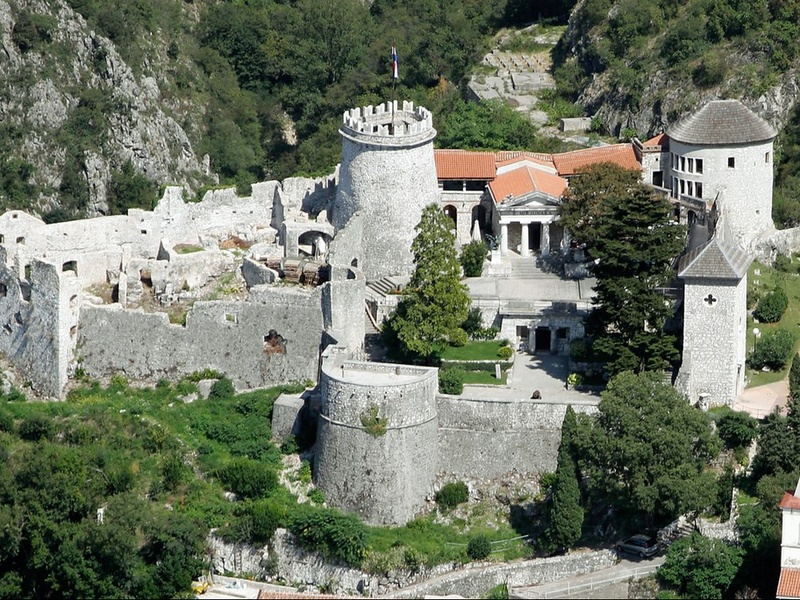
Trsat Castle
Trsat Castle is a medieval fortress overlooking Rijeka. Its history reaches back to Roman times, with significant medieval and later Renaissance additions. The castle offers extensive views of Kvarner Bay. It is a historical and cultural landmark of Rijeka.
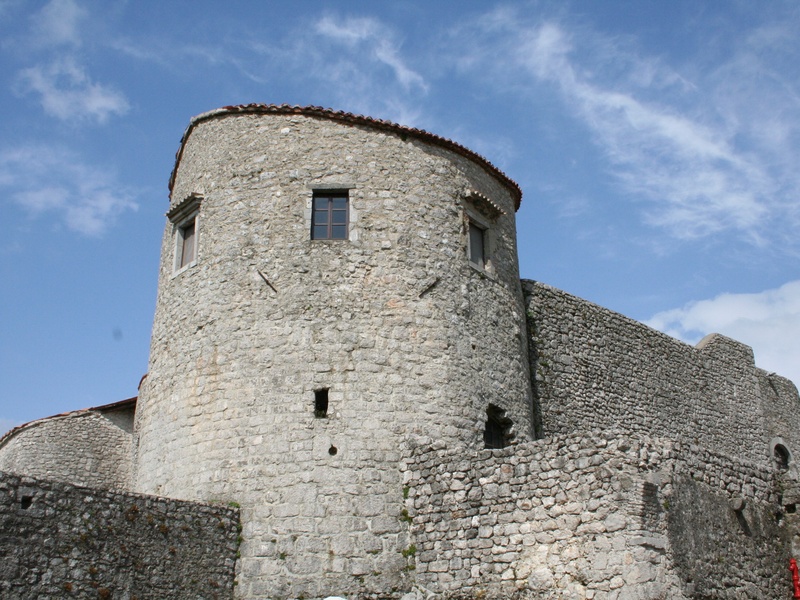
Grobnik Castle
Grobnik Castle is a well-preserved medieval castle near Rijeka. It was built in the 13th century and was owned by the Frankopan and Zrinski noble families. The castle served as a defensive stronghold. Grobnik Castle represents centuries of regional power.
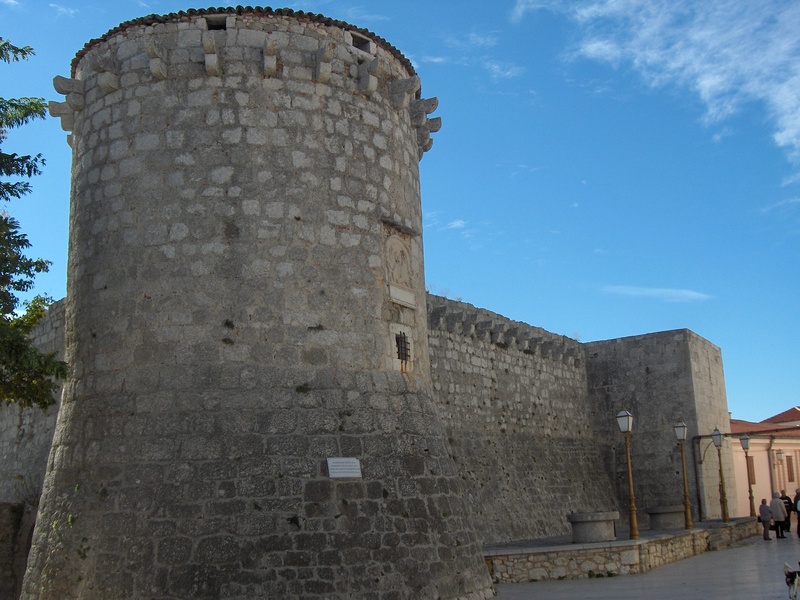
Frankopan Castle, Krk
Frankopan Castle, located in Krk Town on Krk Island, is a medieval fortress built by the Frankopan family. Its construction spans from the 12th to the 15th centuries. The castle protected the town and noble family. It is a key historical site for the island.
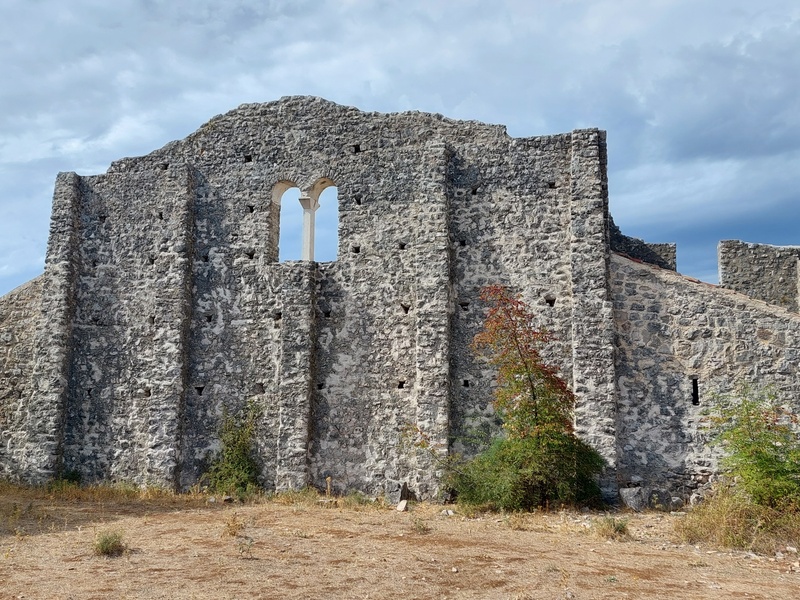
Fulfinum-Mirine
Fulfinum-Mirine is an archaeological site near Omišalj on Krk Island. It contains the remains of a Roman settlement and an early Christian basilica. The site showcases Roman civilian life and the spread of Christianity in the region. It is important for understanding Krk’s Roman and early Christian past.
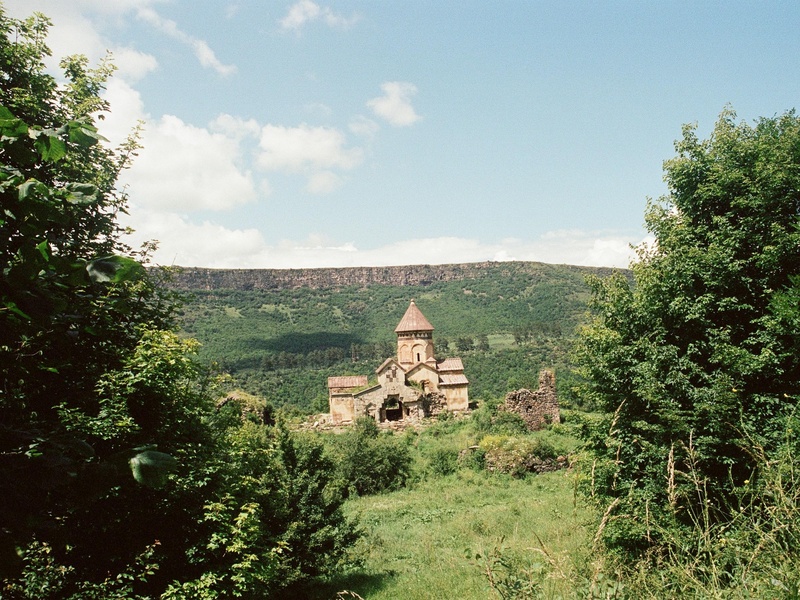
Košljun Monastery
Košljun Monastery is a Franciscan monastery located on a small island in Punat Bay, Krk Island. It was founded by Benedictines in the 11th century. The monastery houses a rich library and museum collections. It is a tranquil spiritual and cultural center.
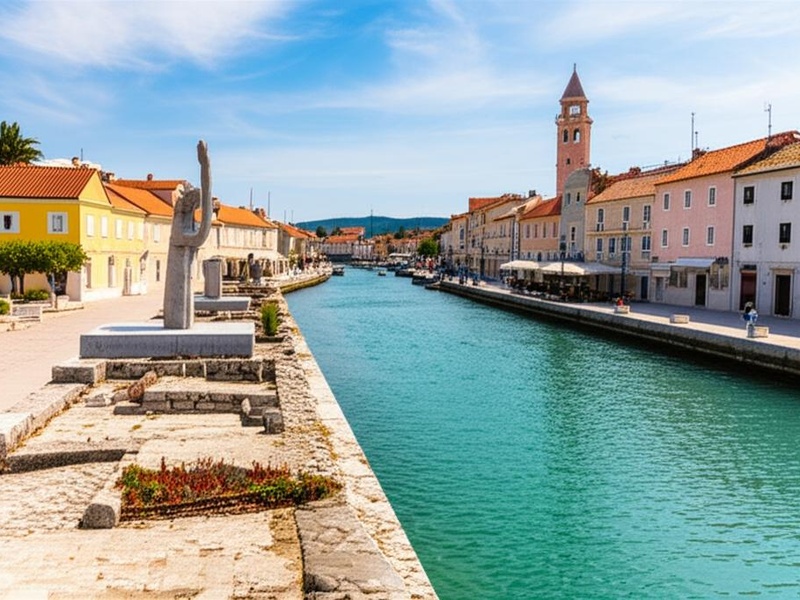
Osor Historic Town
Osor Historic Town is located on a narrow strait between Cres and Lošinj islands. Once a significant Roman town, it flourished in antiquity and the early Middle Ages. The town features ancient walls, a cathedral, and archaeological remains. Osor embodies centuries of island history.
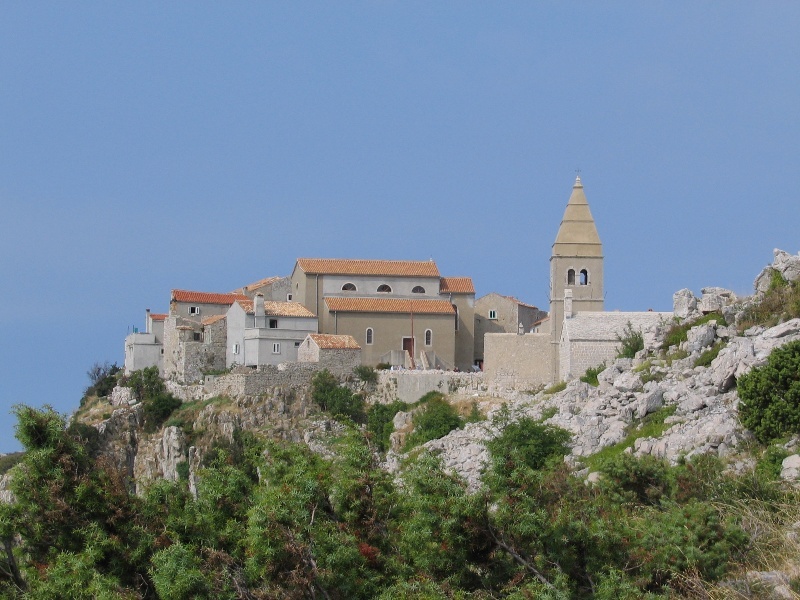
Lubenice
Lubenice is a ancient, picturesque hilltop village on Cres Island. Its origins date back thousands of years to prehistoric times, with significant medieval development. The village features stone houses and a church. Lubenice offers a glimpse into traditional island life.
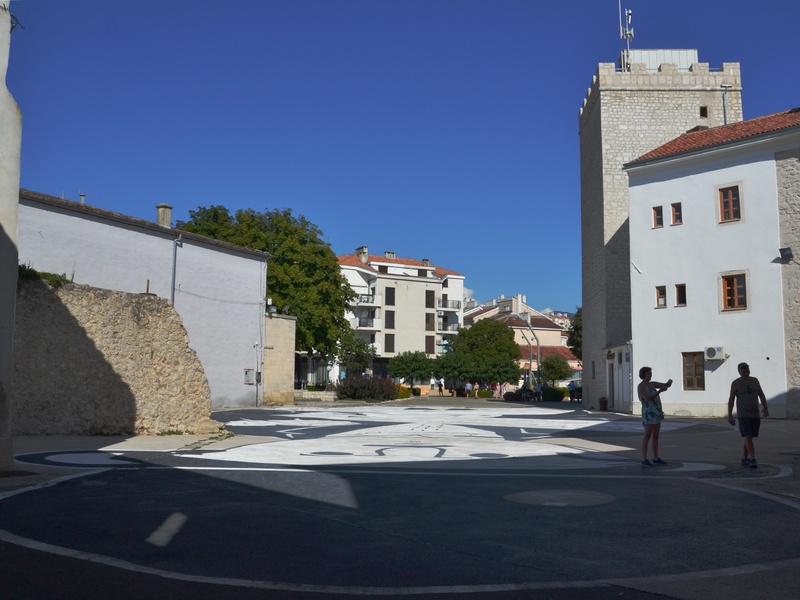
Frankopan Castle, Novi Vinodolski
Frankopan Castle in Novi Vinodolski dates back to the 13th century. It belonged to the powerful Frankopan noble family. The castle was a center of political and cultural life, known for the Vinodol Law Code. It is a key historical site of the Vinodol region.
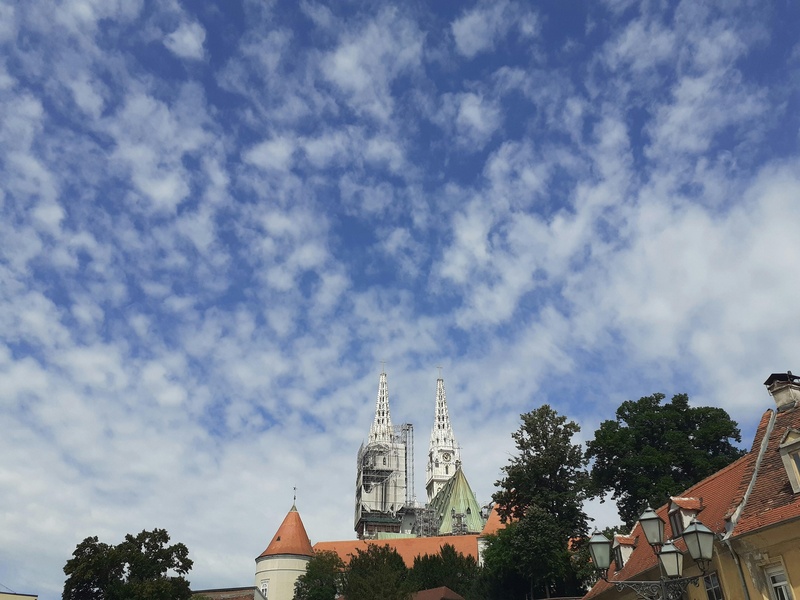
Zagreb Cathedral
Zagreb Cathedral is a prominent Roman Catholic cathedral in Zagreb. Its present Gothic Revival style largely dates from the 19th and early 20th centuries, though its origins are medieval. The cathedral’s spires are a symbol of the city. It is a major religious landmark.
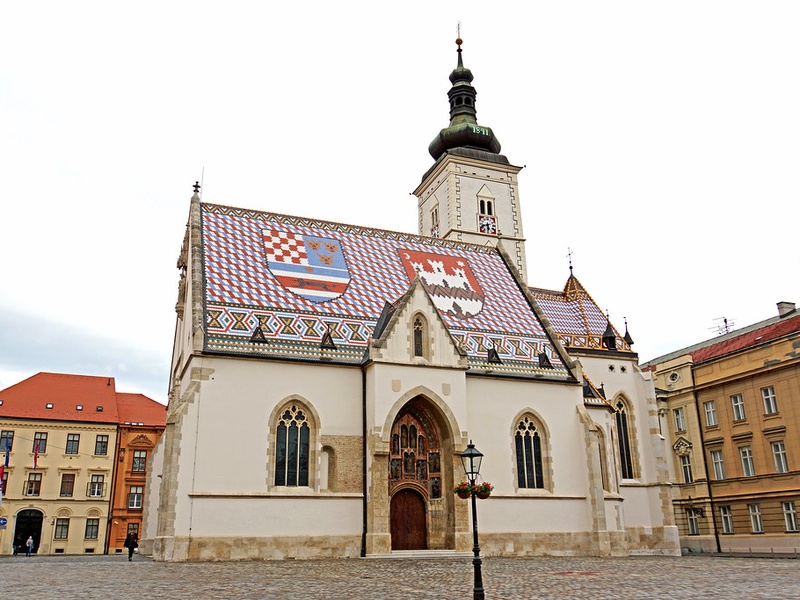
St. Mark’s Church
St. Mark’s Church is a Romanesque and Gothic church in Zagreb’s Upper Town. Its most distinctive feature is its colorful tiled roof, depicting Croatian coats of arms. Dating from the 13th century, it is one of Zagreb’s oldest buildings. It is a symbol of Croatian heritage.
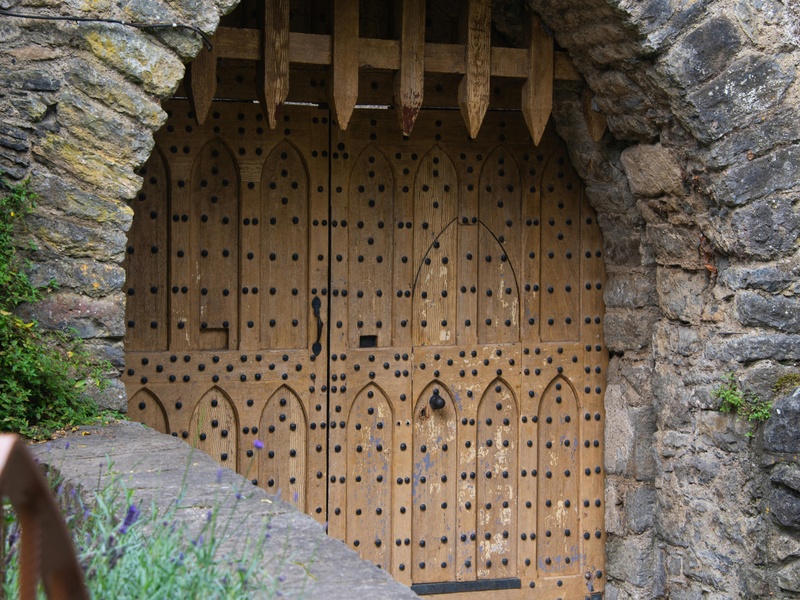
Stone Gate
The Stone Gate is the eastern entrance to Zagreb’s Upper Town, dating back to the medieval period. It is the only preserved gate from the city’s original defensive walls. The gate houses a revered painting of the Virgin Mary. It is a notable historical and spiritual landmark.
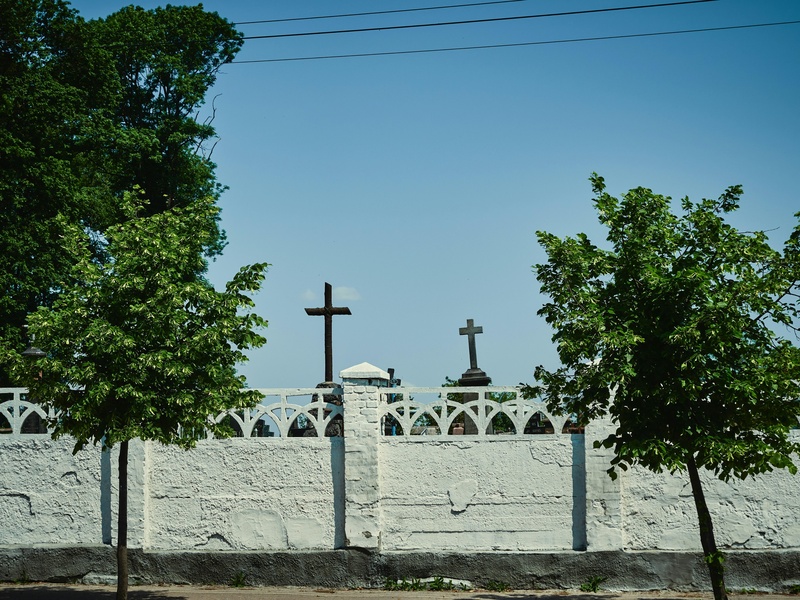
Mirogoj Cemetery
Mirogoj Cemetery is a grand cemetery in Zagreb, opened in 1876. Designed by architect Hermann Bollé, it features arcades, pavilions, and domes. It is renowned for its architectural beauty and serves as a public park and outdoor art gallery. It is a significant cultural site.
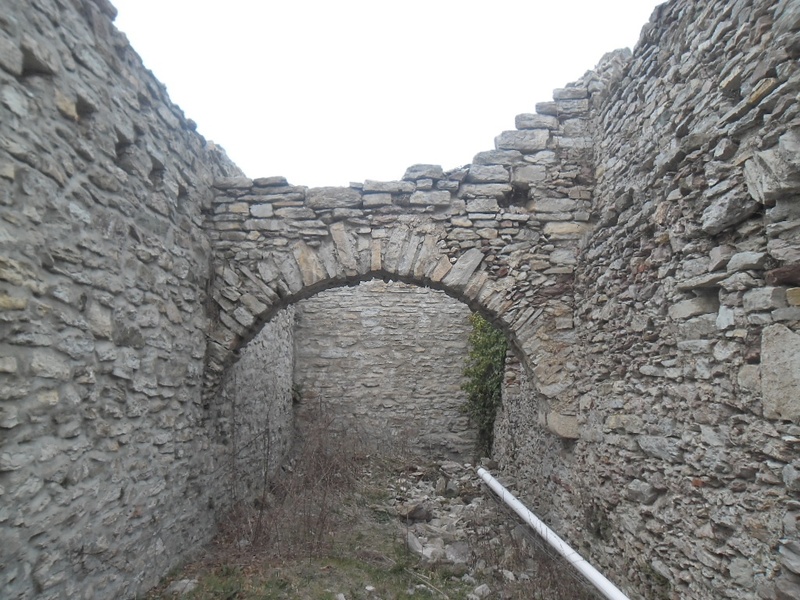
Medvedgrad
Medvedgrad is a medieval fortified town located on Medvednica mountain near Zagreb. Built in the 13th century, it served as a defense point against Tatar incursions. The castle offers panoramic views of Zagreb. It is a key historical site north of the city.
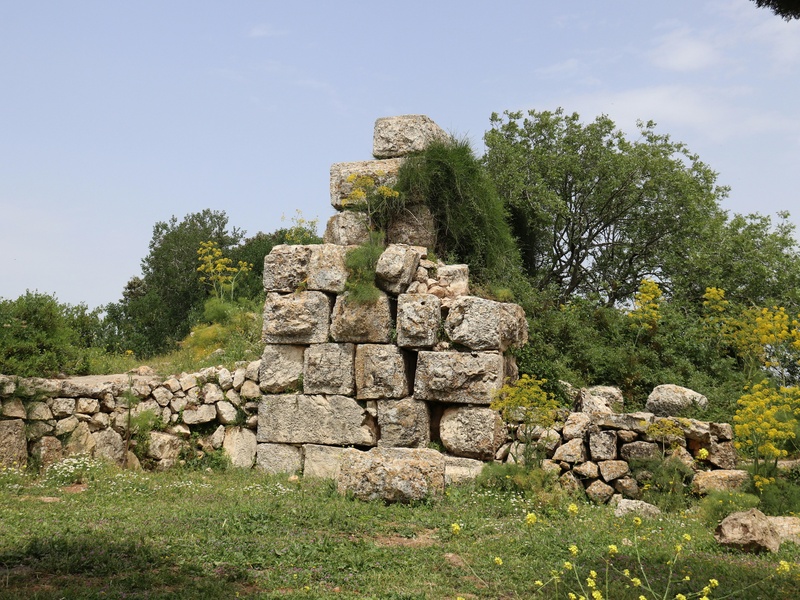
Andautonia Archaeological Park
Andautonia Archaeological Park is situated near Velika Gorica, south of Zagreb. It contains the remains of an ancient Roman town. The site reveals Roman baths, bridges, and roads. It provides insight into Roman daily life in continental Croatia.
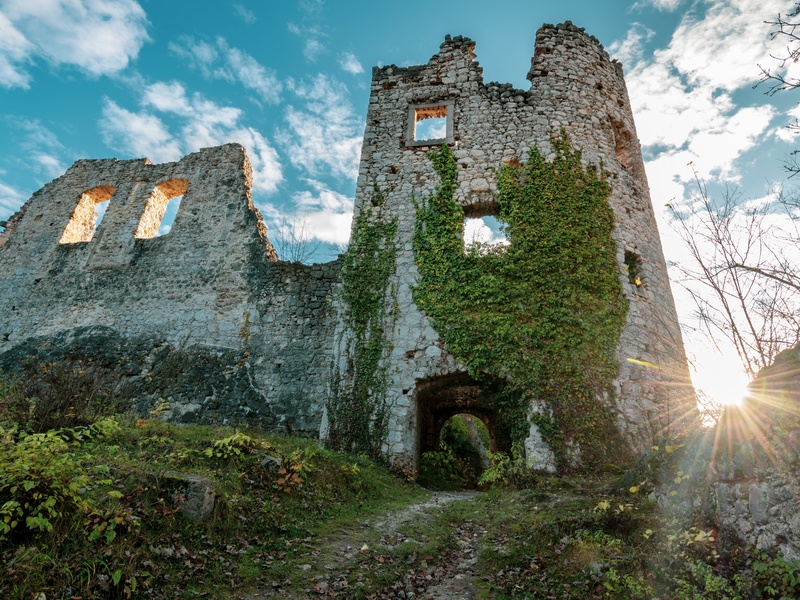
Samobor Castle
Samobor Castle is the ruined remains of a medieval castle overlooking the town of Samobor. Its origins date back to the 13th century. The castle played a role in numerous historical conflicts. It offers historical depth to the Samobor region.
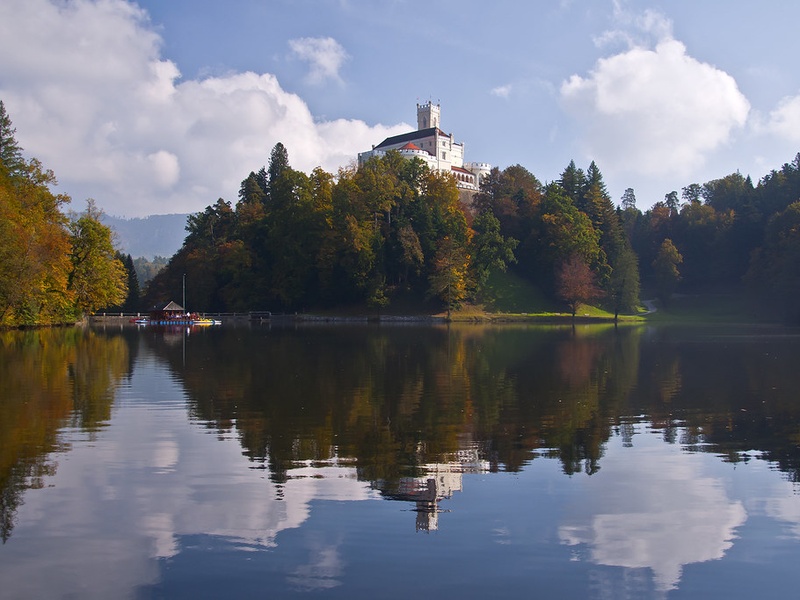
Trakošćan Castle
Trakošćan Castle is a beautiful castle in northern Croatia. It was built in the 13th century as a small fortress and later remodeled in the 19th century into a romantic castle. Surrounded by a lake and park, it is one of Croatia’s most picturesque historical sites.
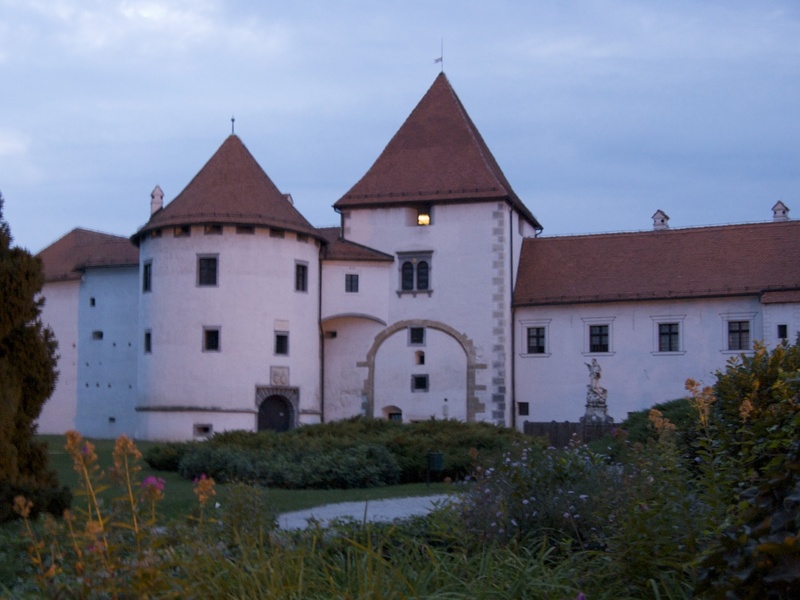
Varaždin Old Town (Stari Grad)
Varaždin Old Town, or Stari Grad, is a well-preserved medieval and Renaissance fortress in Varaždin. Its current form largely dates from the 16th century. The fortress now houses the Varaždin City Museum. It is a symbol of Varaždin’s rich history.
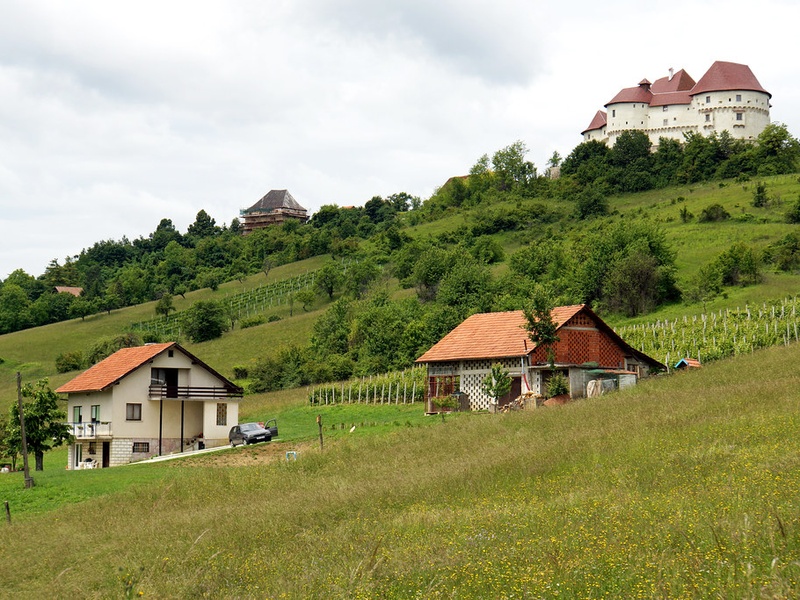
Veliki Tabor Castle
Veliki Tabor Castle is a large medieval castle situated in northwest Croatia. Its oldest parts date from the 12th century, with significant additions in the 15th and 16th centuries. The castle is known for its distinctive cylindrical towers. It belonged to the Rattkay family for centuries.
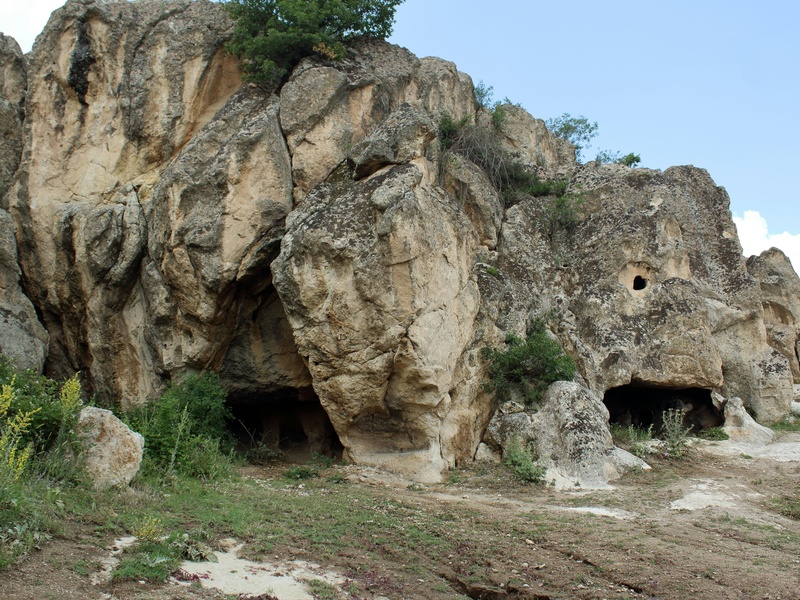
Krapina Neanderthal Site (Hušnjakovo)
Krapina Neanderthal Site (Hušnjakovo) is one of the most important paleontological sites in Europe. Discovered in the late 19th century, it revealed numerous Neanderthal human remains and artifacts. The site provides crucial evidence for understanding early human evolution.
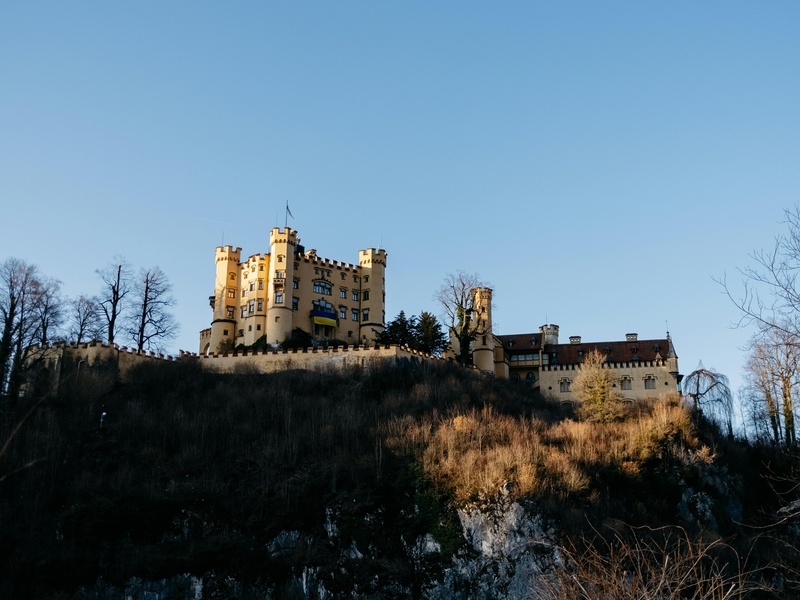
Zrinski Castle, Čakovec
Zrinski Castle in Čakovec is a large fortress that belonged to the powerful Zrinski noble family. Its origins are medieval, with significant Renaissance and Baroque additions. The castle is a symbol of the Zrinski family’s power. It now houses the Međimurje County Museum.
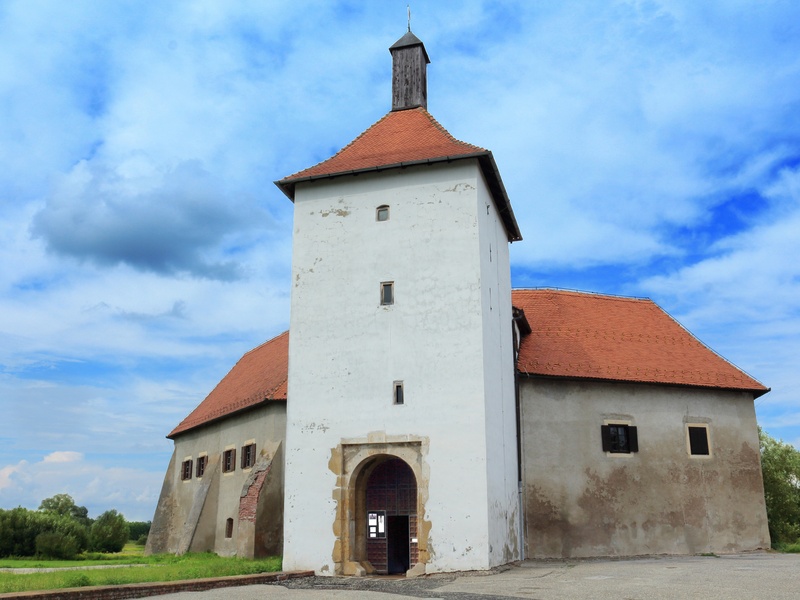
Đurđevac Old Town
Đurđevac Old Town is a medieval fortress-castle in Podravina. It was first mentioned in the 14th century and played a role in defending against Ottoman advances. The fortress is associated with local legends. It is a key historic landmark of the region.
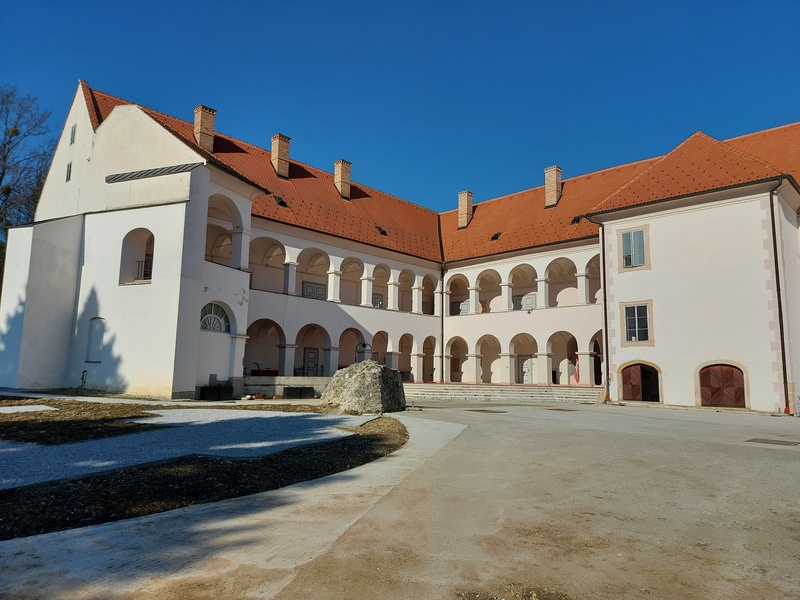
Oršić Castle
Oršić Castle is a Baroque castle located in Gornja Stubica. Built in the 18th century by the Oršić noble family, it is a grand example of aristocratic residence. The castle now houses the Museum of Peasant Revolts. It reflects the life of the nobility.
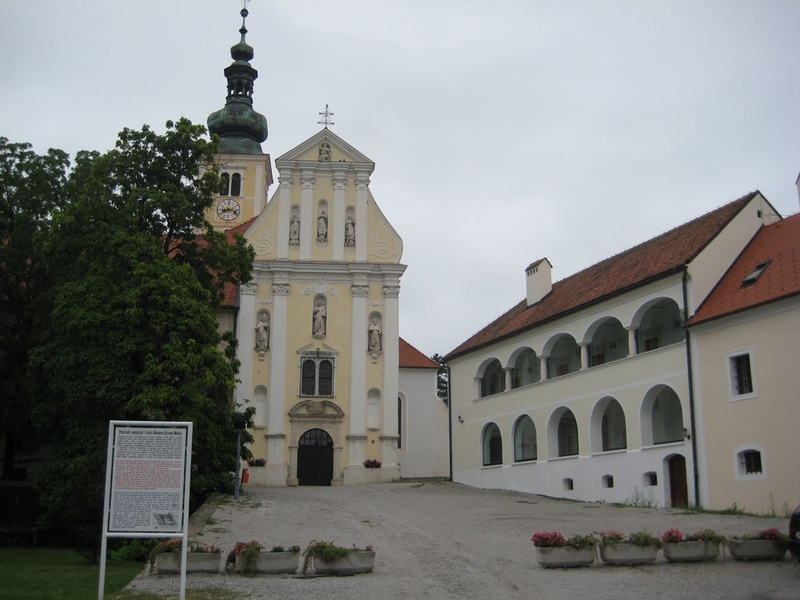
Lepoglava Monastery
Lepoglava Monastery is a former Pauline monastery in northern Croatia. Founded in the 15th century, it was a center of education and art. The monastery features impressive Baroque architecture and frescoes. It is a significant historical and cultural monument.
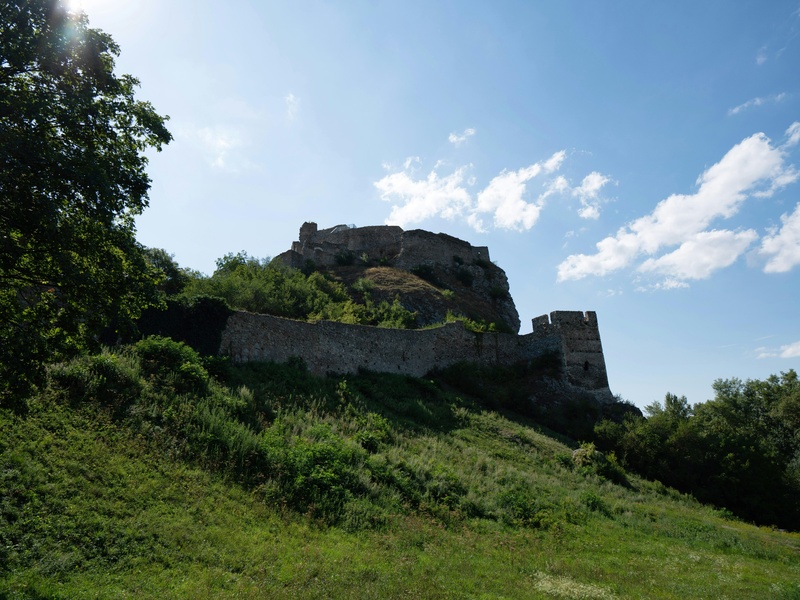
Dubovac Castle
Dubovac Castle is a well-preserved medieval castle overlooking Karlovac. Its history spans from the 13th century, with later Baroque additions. The castle served as a defensive stronghold. It offers panoramic views and a look into centuries of history.
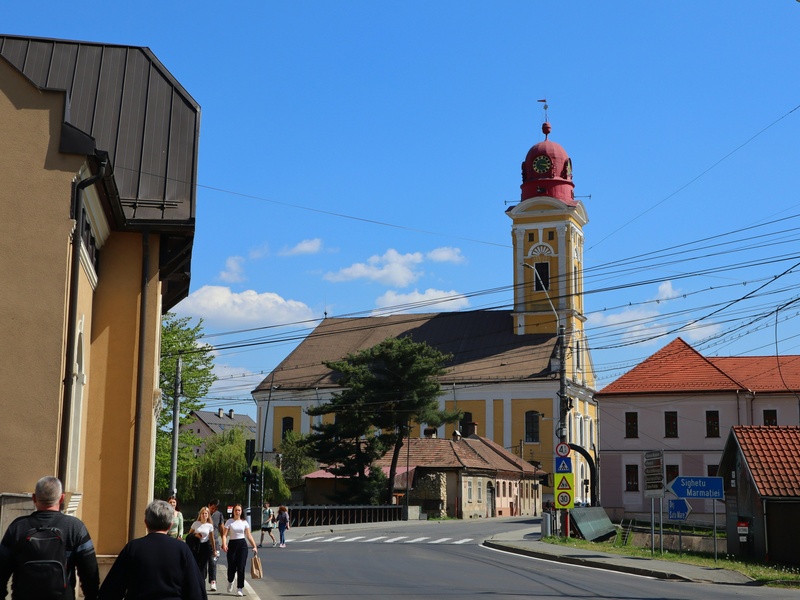
Historic Core of Karlovac
The Historic Core of Karlovac is designed as a star-shaped fortress city. It was founded in 1579 as a defense against the Ottomans. Its unique Renaissance urban plan is a notable example of military architecture. Karlovac’s core is a planned 16th-century city.
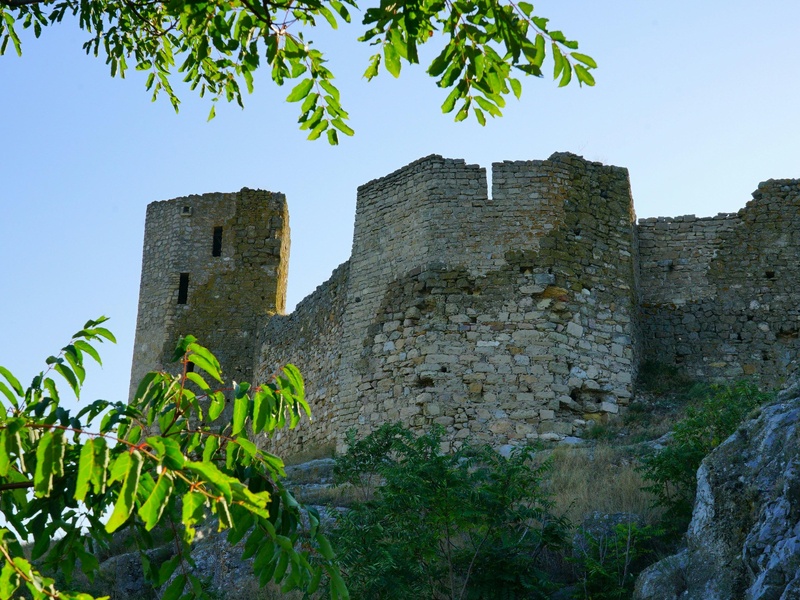
Ozalj Castle
Ozalj Castle is a medieval castle perched on a rock above the Kupa River. Its origins date back to the 13th century, and it was owned by many important Croatian noble families. The castle served as a defensive and residential complex. It is a well-known historical landmark.
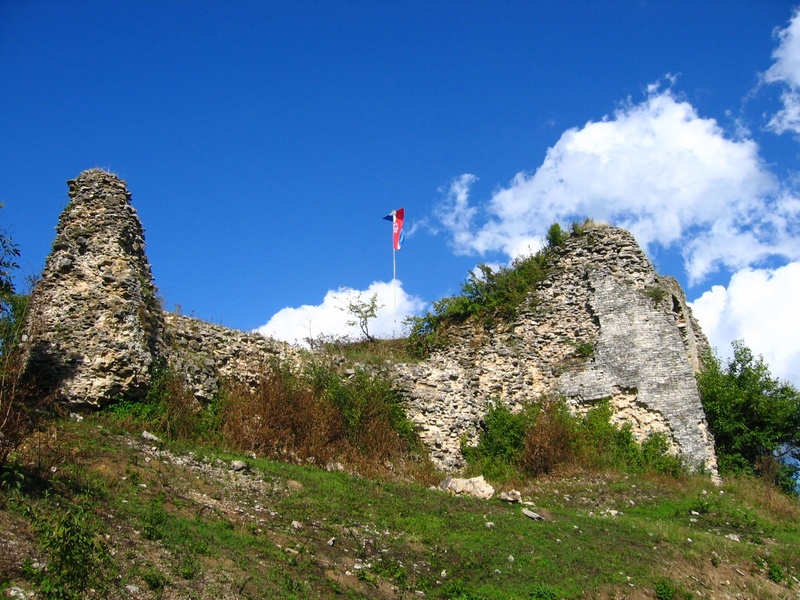
Cetin Castle
Cetin Castle is a ruined medieval fortress located in mountainous Karlovac County. It played a significant role in Croatian history, particularly in the 16th century during the Ottoman wars. The castle’s remnants tell a story of past conflicts.
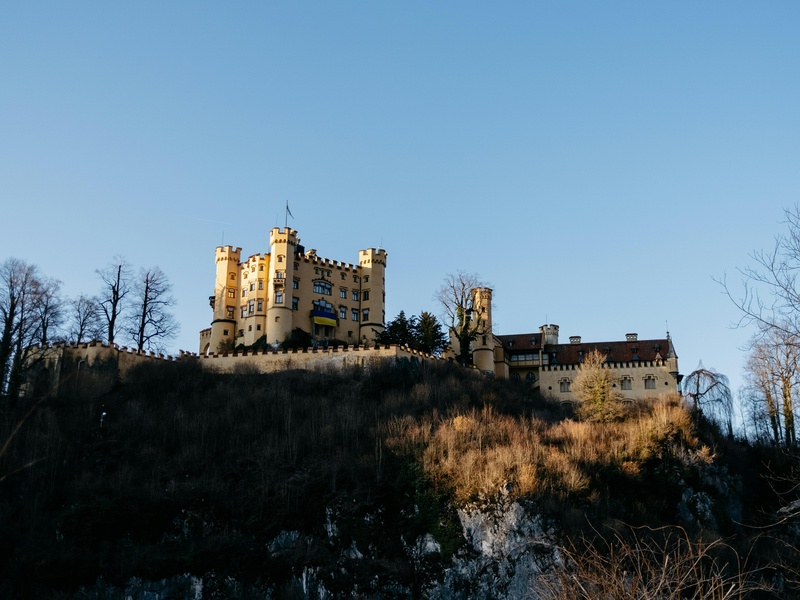
Ogulin Frankopan Castle
Ogulin Frankopan Castle is a medieval fortress in Ogulin. Built in the 16th century by the Frankopan family, it defended against Ottoman incursions. The castle is linked to local legends, including that of Đula. It is a prominent historical feature of the region.
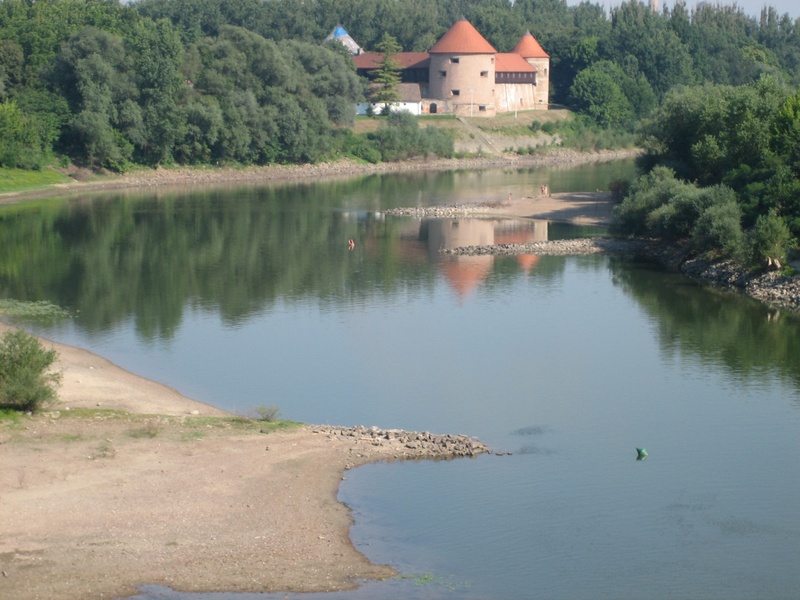
Sisak Fortress
Sisak Fortress is a well-preserved triangular fortress located at the confluence of the Kupa and Sava rivers. Built in the 16th century to defend against the Ottomans, it was the site of a major victory in 1593. The fortress is a symbol of anti-Ottoman resistance.
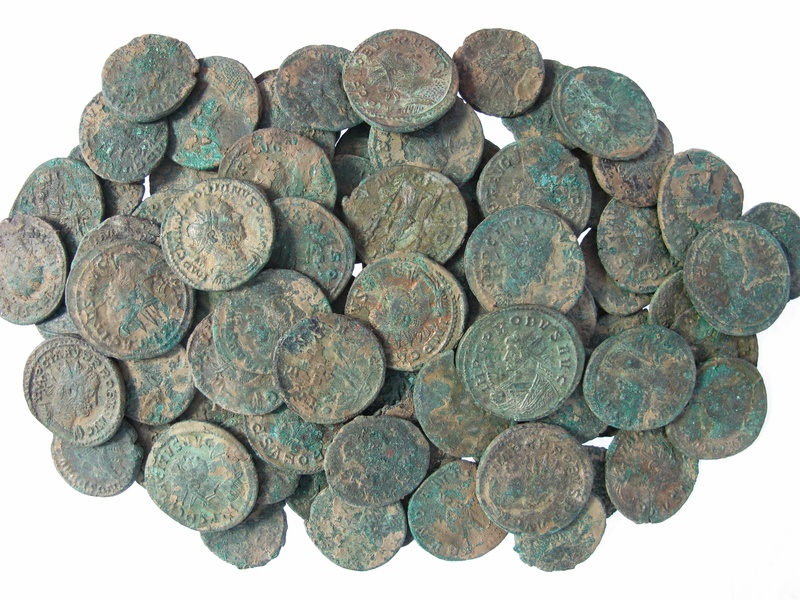
Siscia Archaeological Site
Siscia Archaeological Site is an important Roman city located in modern Sisak. It was a major Roman center from the 1st to 4th centuries AD, known for its mint and trade. The site reveals remnants of Roman streets, houses, and public buildings. Siscia was a prominent Roman city in Pannonia.
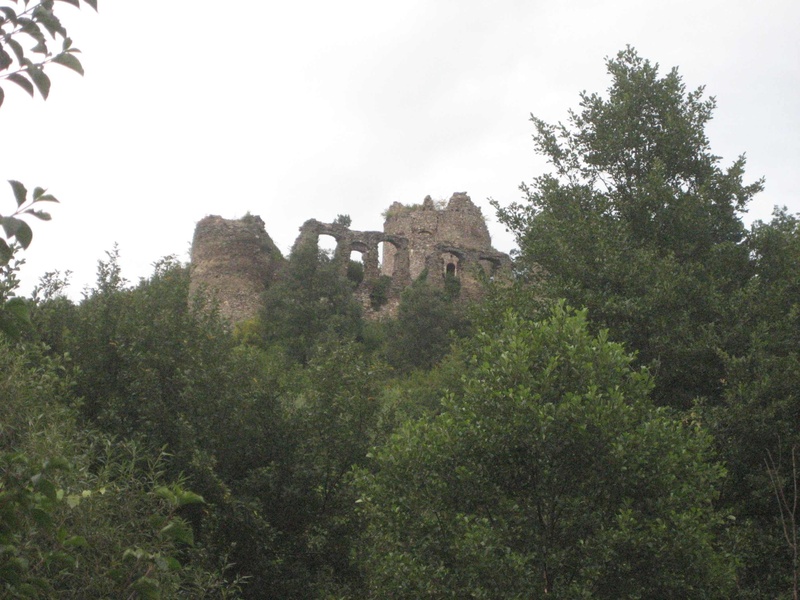
Gvozdansko Castle
Gvozdansko Castle is a small medieval fortified noble residence located in central Croatia. It gained fame for its heroic defense against the Ottomans in the 16th century. The castle’s ruins are a poignant reminder of resistance against invasion.
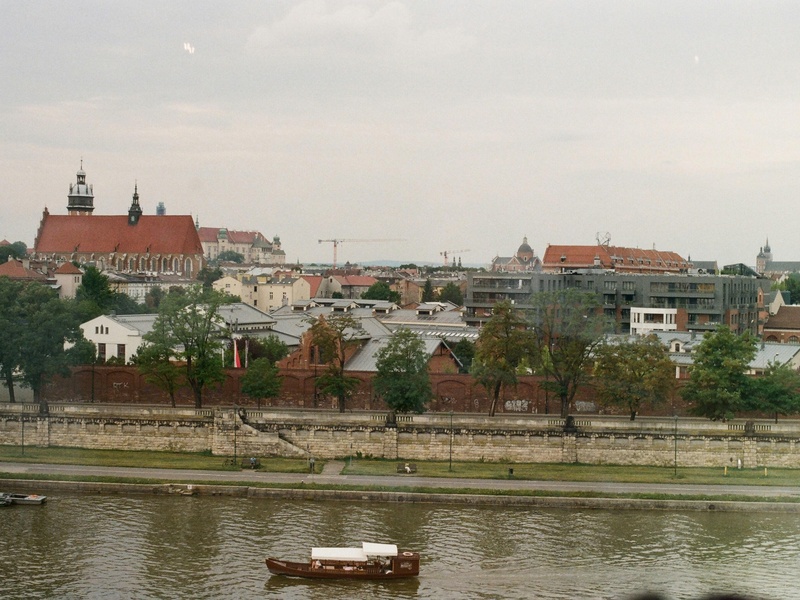
Osijek Tvrđa
Osijek Tvrđa is an 18th-century Baroque fortress city within Osijek. It was built by the Habsburg Monarchy as a military and administrative center. The Tvrđa is a well-preserved example of a Baroque star-shaped fortress. It showcases military engineering and architecture.
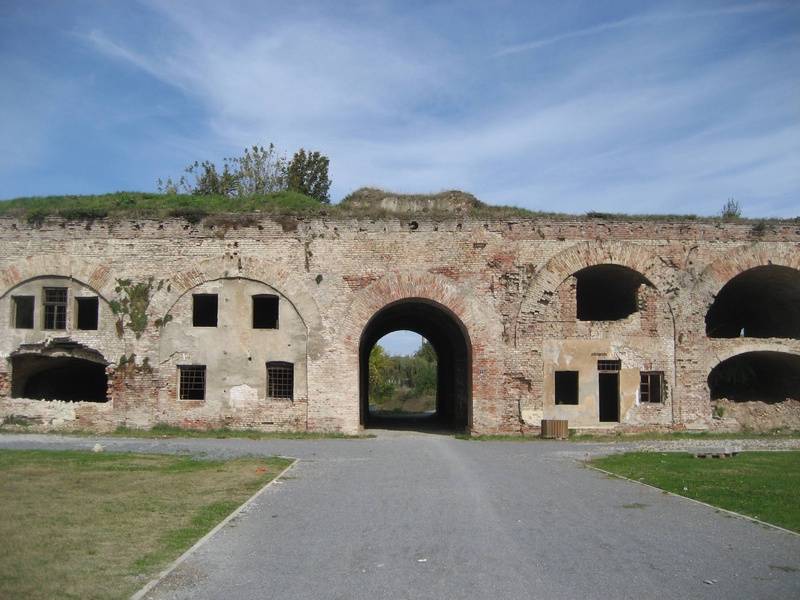
Brod Fortress
Brod Fortress is a large 18th-century fortress in Slavonski Brod. Built by the Habsburgs to defend against the Ottoman Empire, it is one of the largest and most well-preserved fortresses in Croatia. It reflects significant military architecture of the era.
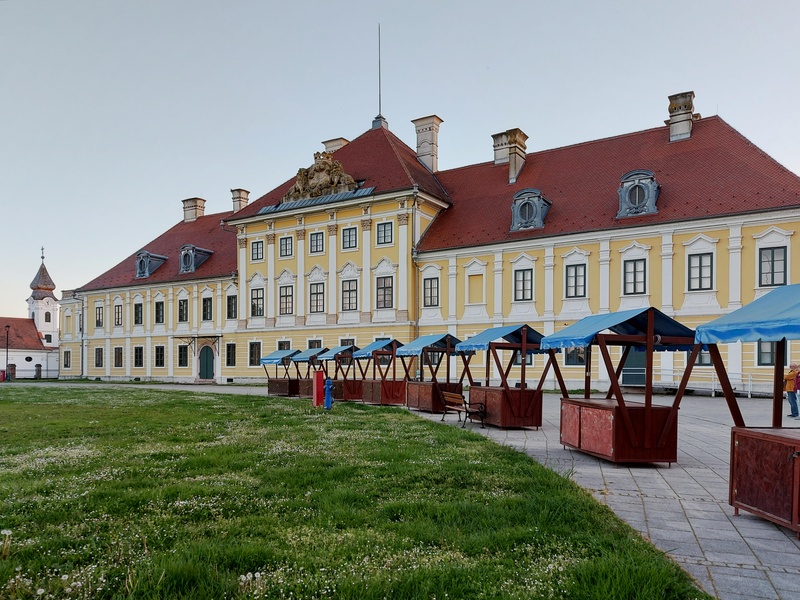
Eltz Manor
Eltz Manor is a grand Baroque manor house in Vukovar. Built in the 18th century as the residence of the Eltz noble family, it is an important example of aristocratic architecture. The manor now houses the Vukovar City Museum.
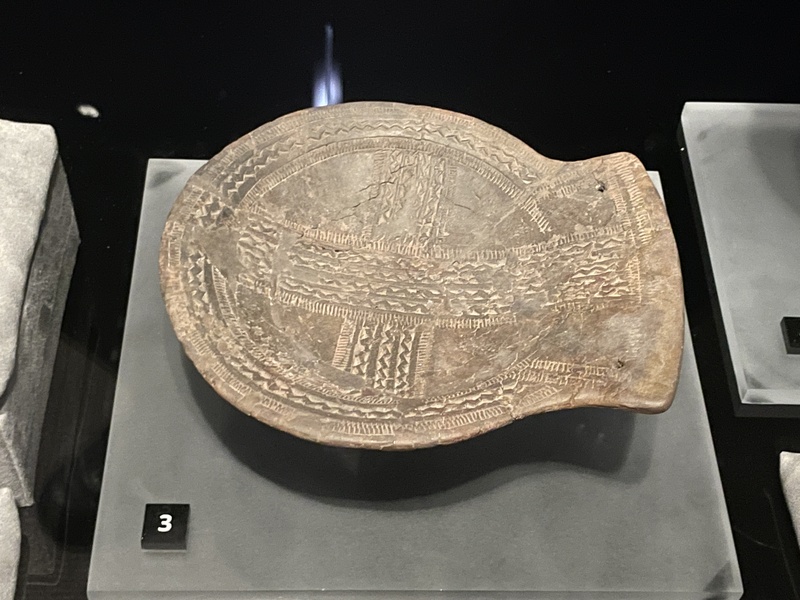
Vučedol Archaeological Site
Vučedol Archaeological Site is a significant prehistoric site near Vukovar. It is the eponymous site of the Vučedol culture, dating from 3000 to 2200 BC. The site provides important evidence of early Bronze Age civilization in Europe, known for its distinctive pottery.
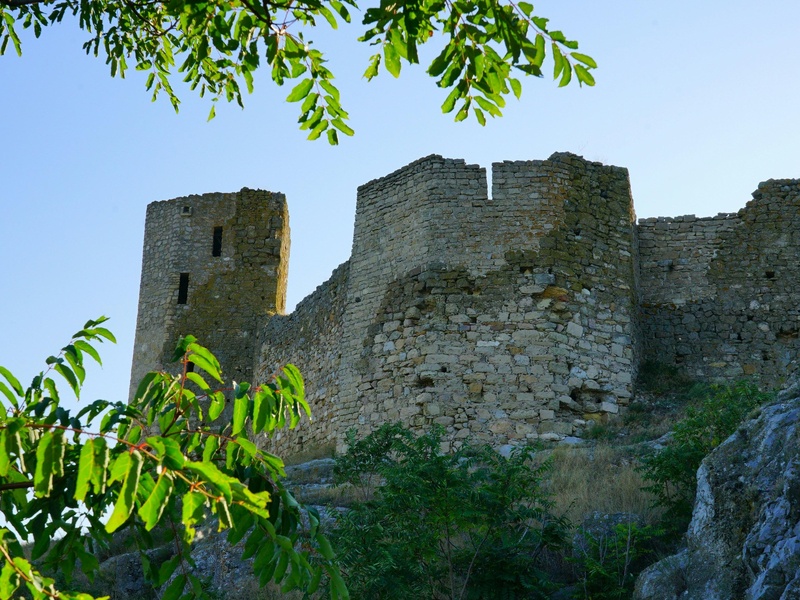
Ilok Fortress (Odescalchi Castle)
Ilok Fortress, also known as Odescalchi Castle, is a well-preserved medieval and Baroque fortress in Ilok. Its origins date to the medieval period, with significant additions by the Odescalchi family in the 17th century. The fortress protects the old town and a monastery.
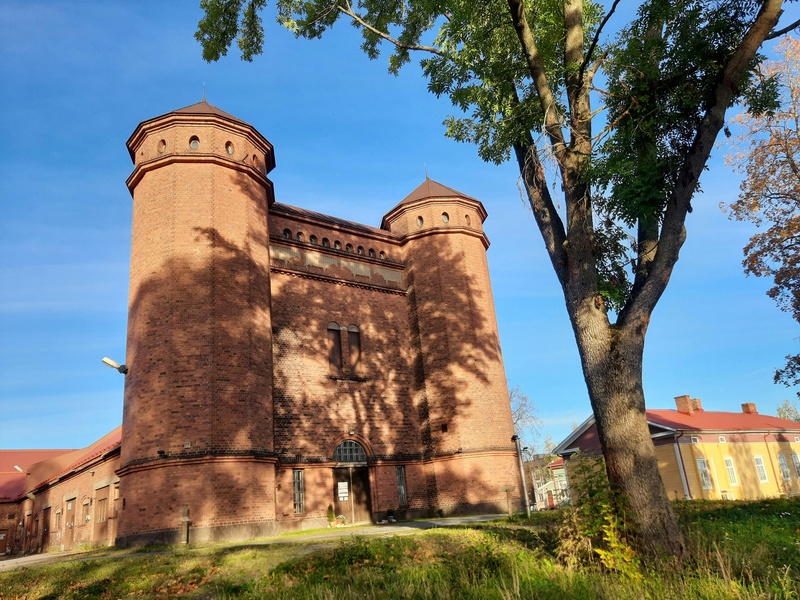
Valpovo Castle (Prandau-Normann)
Valpovo Castle (Prandau-Normann) is a large noble residence in Valpovo. Its current Baroque appearance largely dates from the 18th and 19th centuries, built by the Prandau-Normann families. The castle is a prominent example of Slavonian aristocracy.
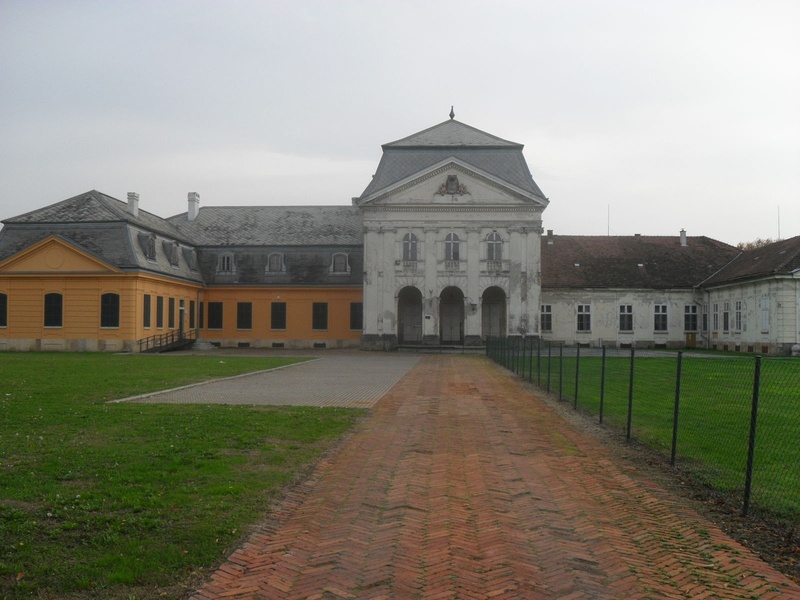
Pejačević Castle
Pejačević Castle in Našice is a large Neo-Baroque castle built by the Pejačević noble family in the 19th century. Surrounded by a park, it reflects the wealth and influence of the family. The castle is a highlight of Slavonian noble architecture.

Pejačević Castle
Pejačević Castle in Našice is a large Neo-Baroque castle built by the Pejačević noble family in the 19th century. Surrounded by a park, it reflects the wealth and influence of the family. The castle is a highlight of Slavonian noble architecture.
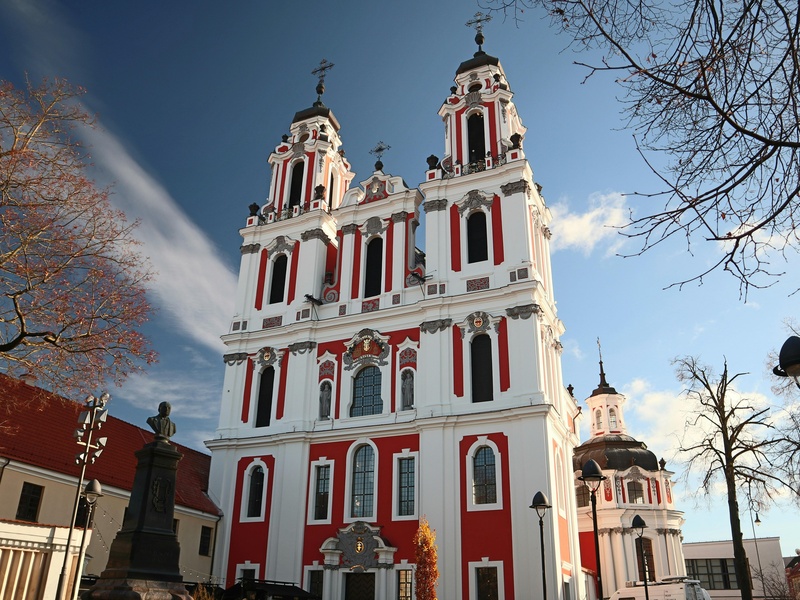
Đakovo Cathedral
Đakovo Cathedral is a large Neo-Romanesque cathedral in Đakovo. Its construction began in 1866 and was completed in 1882. It is considered one of the most beautiful cathedrals in Croatia. The cathedral is a significant religious landmark.
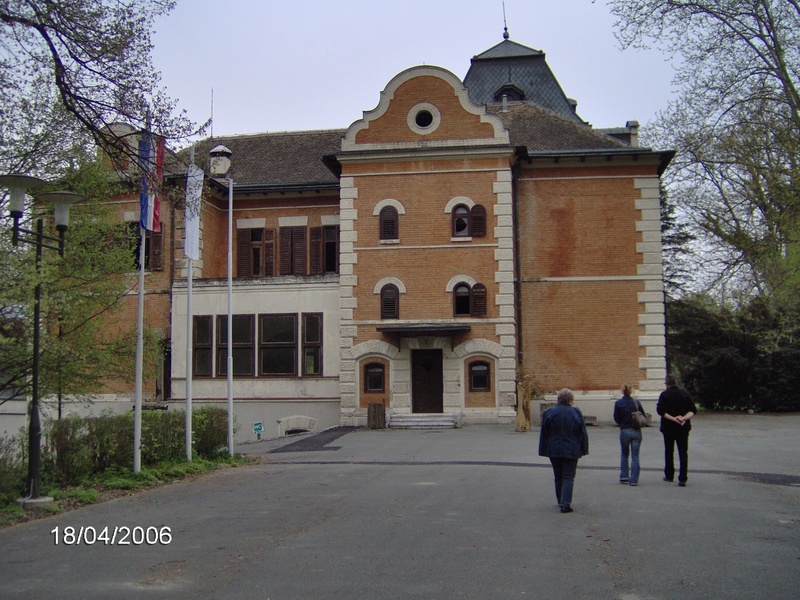
Tikveš Castle
Tikveš Castle is a hunting lodge and complex located within Kopački Rit Nature Park. Built in the 19th century by the Teschen Habsburg family, it served as a royal hunting residence. The castle is a unique example of imperial and noble hunting estates.
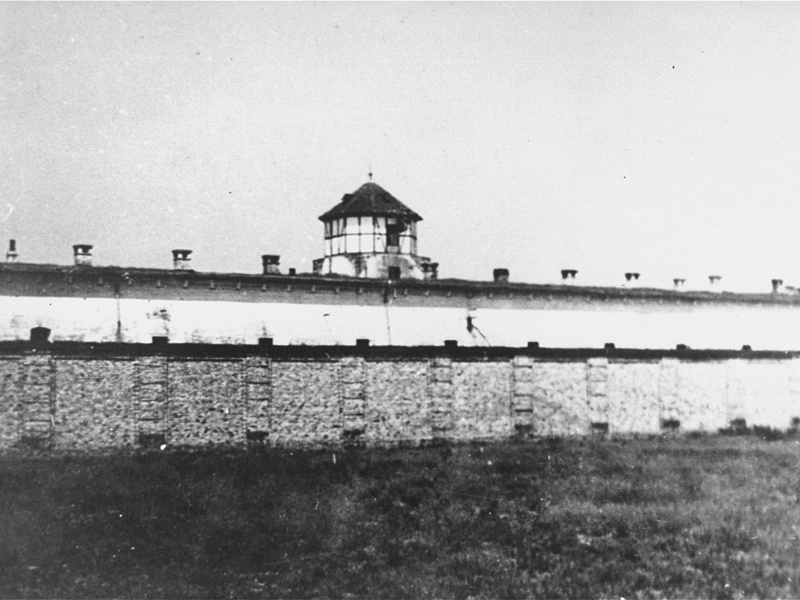
Stara Gradiška Fortress
Stara Gradiška Fortress is a large, triangular-shaped Hapsburg fortress. It was built in the 18th century as part of the Military Frontier defense system against the Ottoman Empire. The fortress later served as a prison. It is a stark reminder of border history.
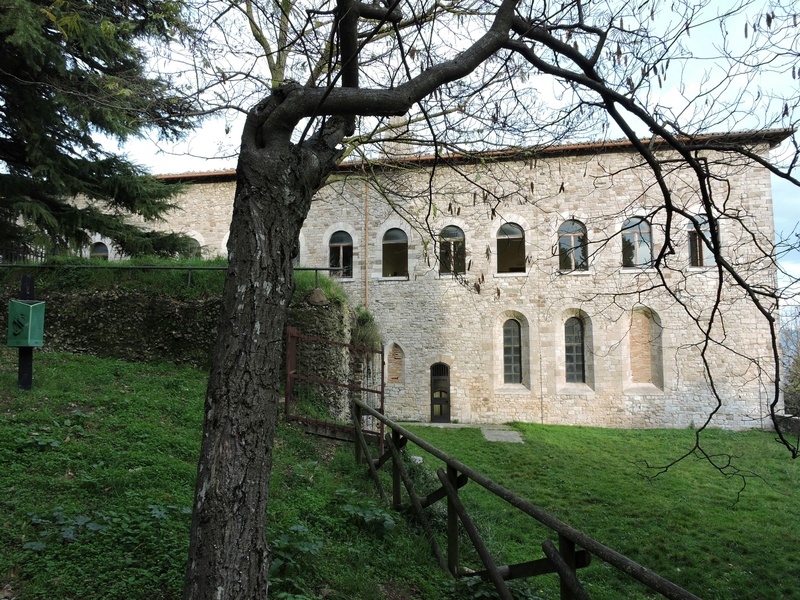
Kutjevo Abbey and Cellars
Kutjevo Abbey and Cellars are located in the heart of Požega Valley. The abbey dates from the 13th century, founded by Cistercian monks, making it one of the oldest wineries in Croatia. It represents centuries of winemaking tradition. It is a unique blend of religious and economic history.

